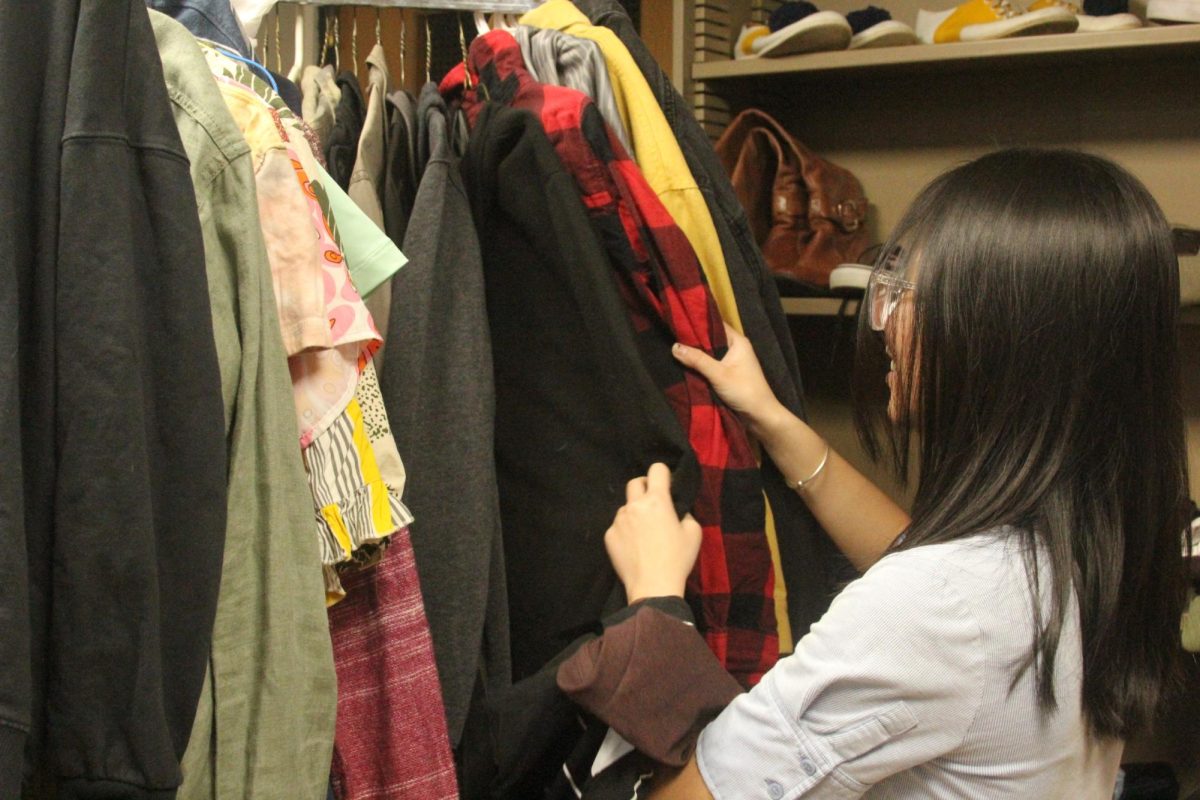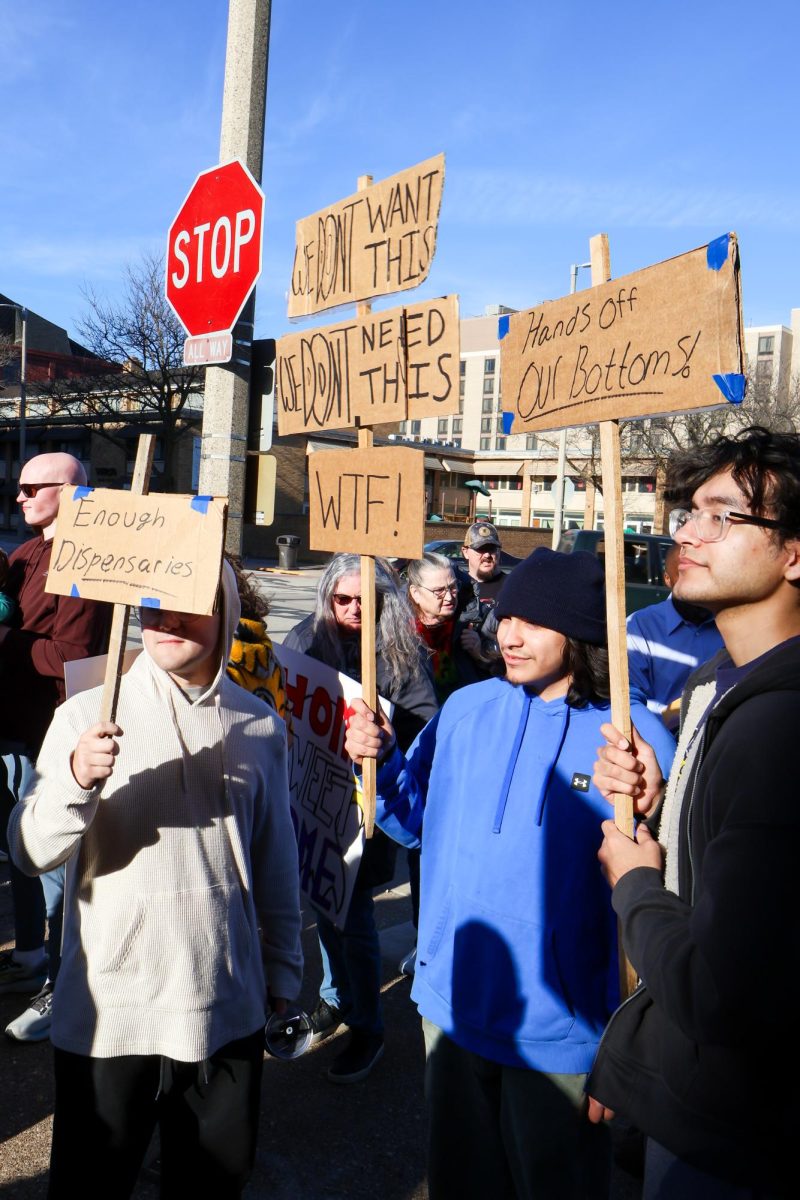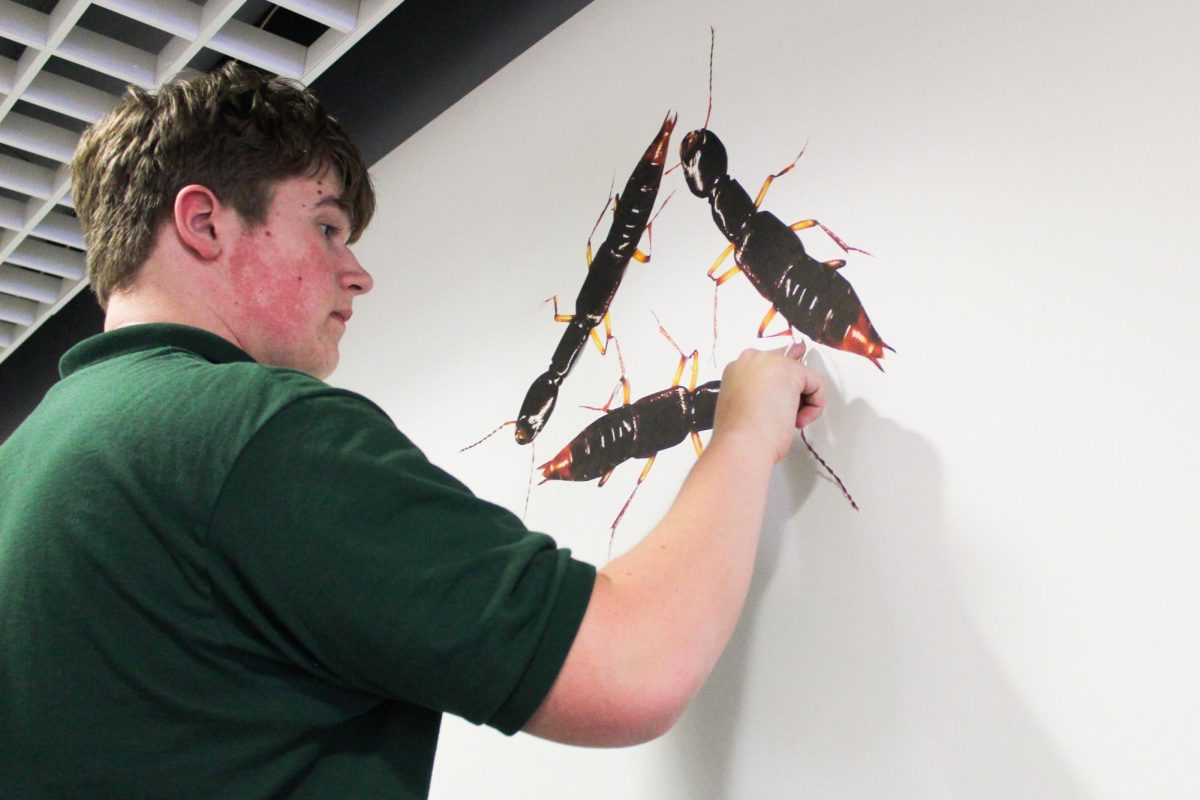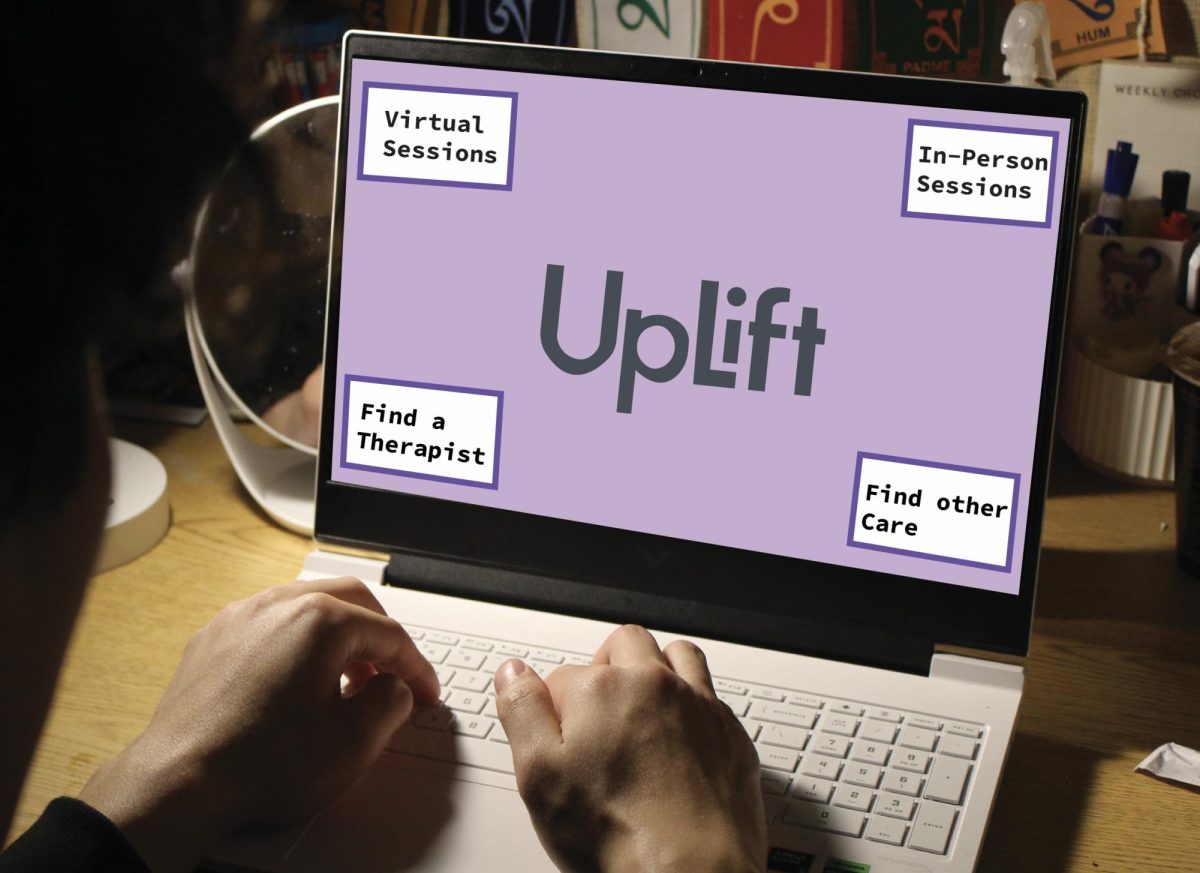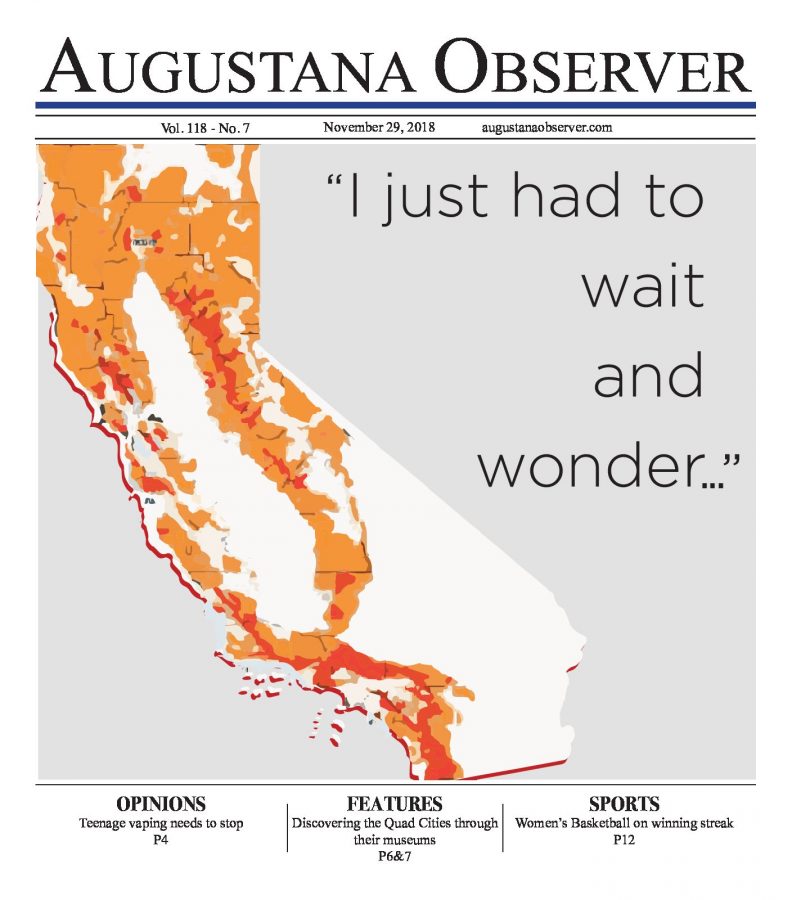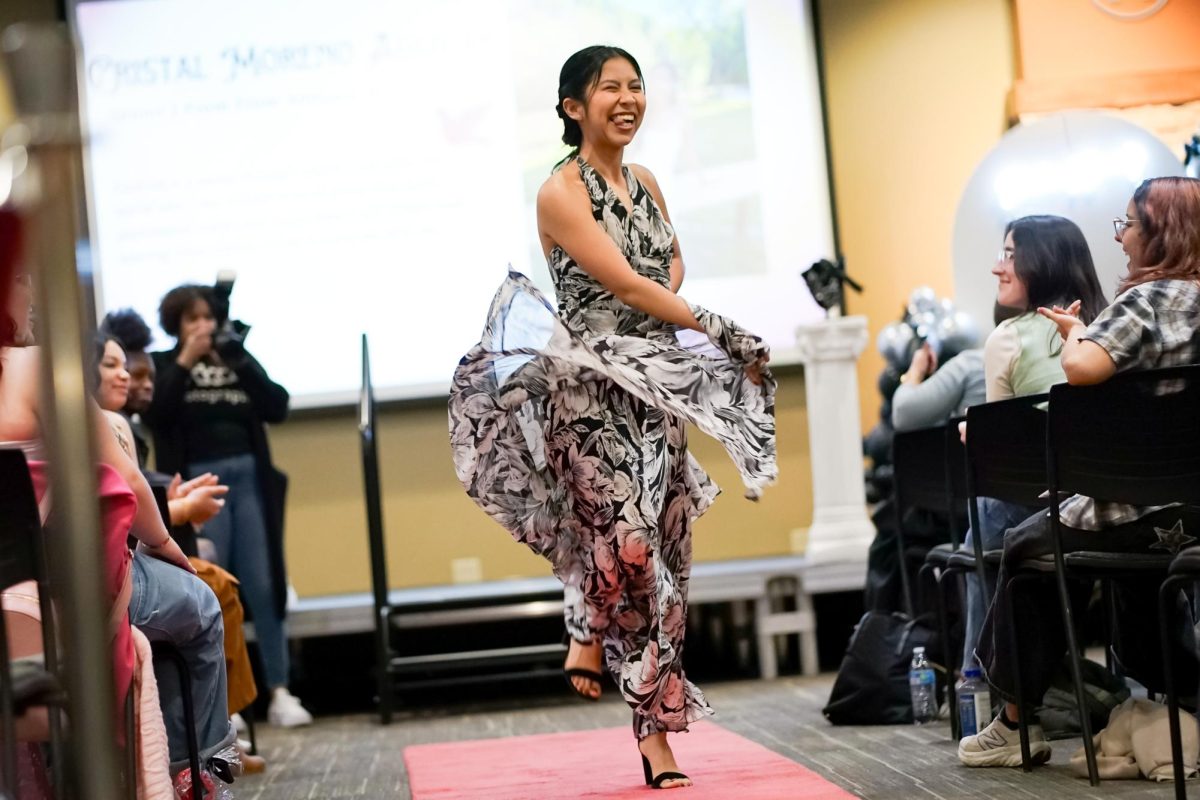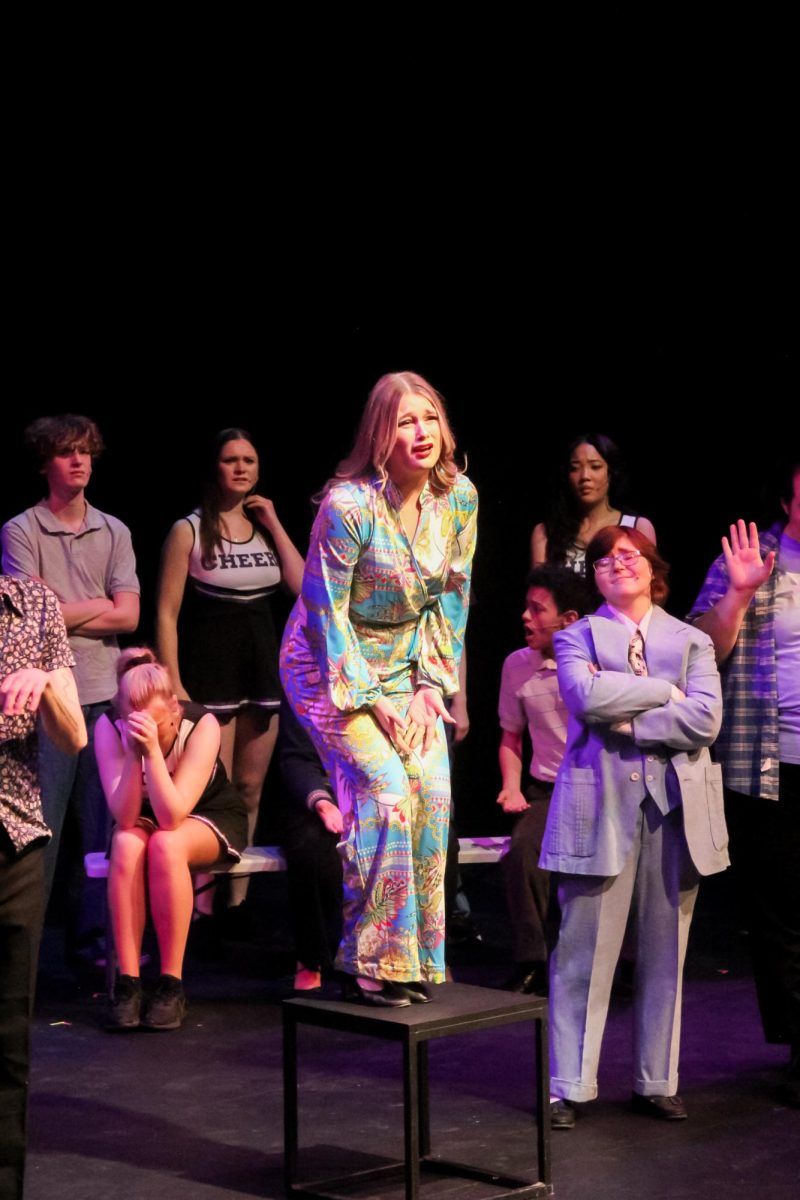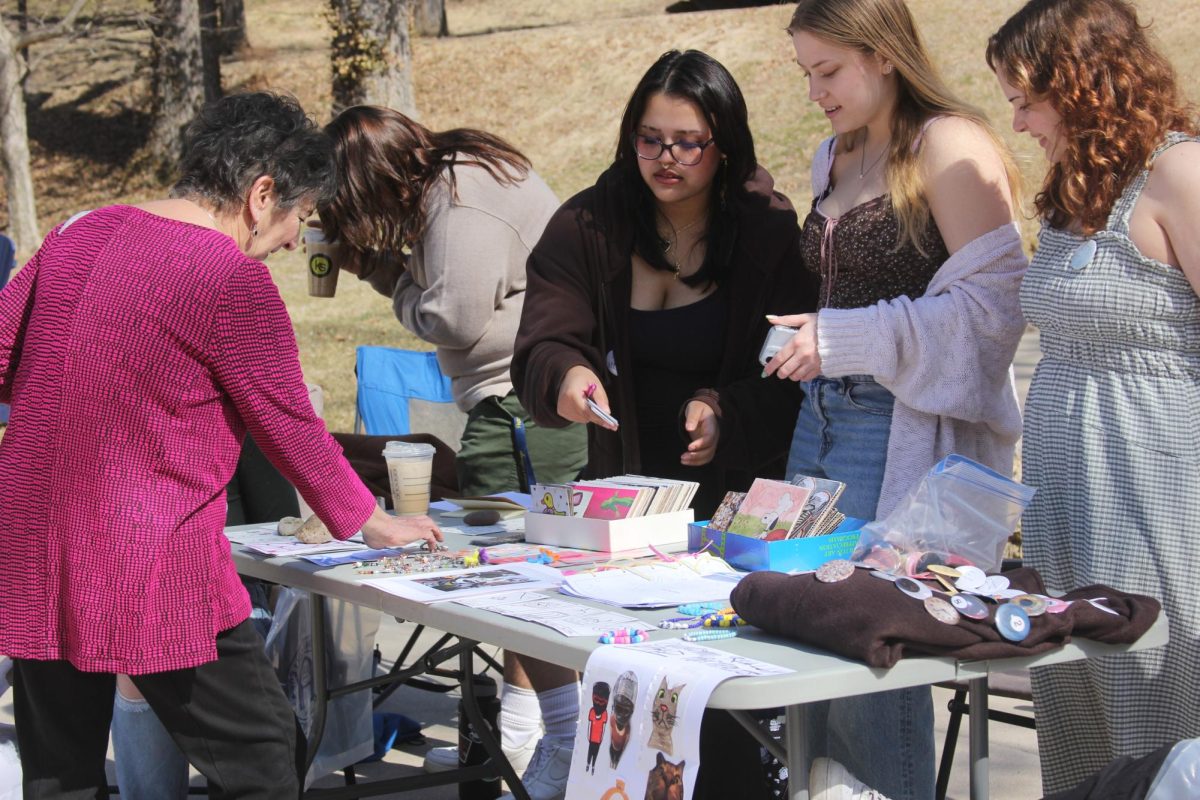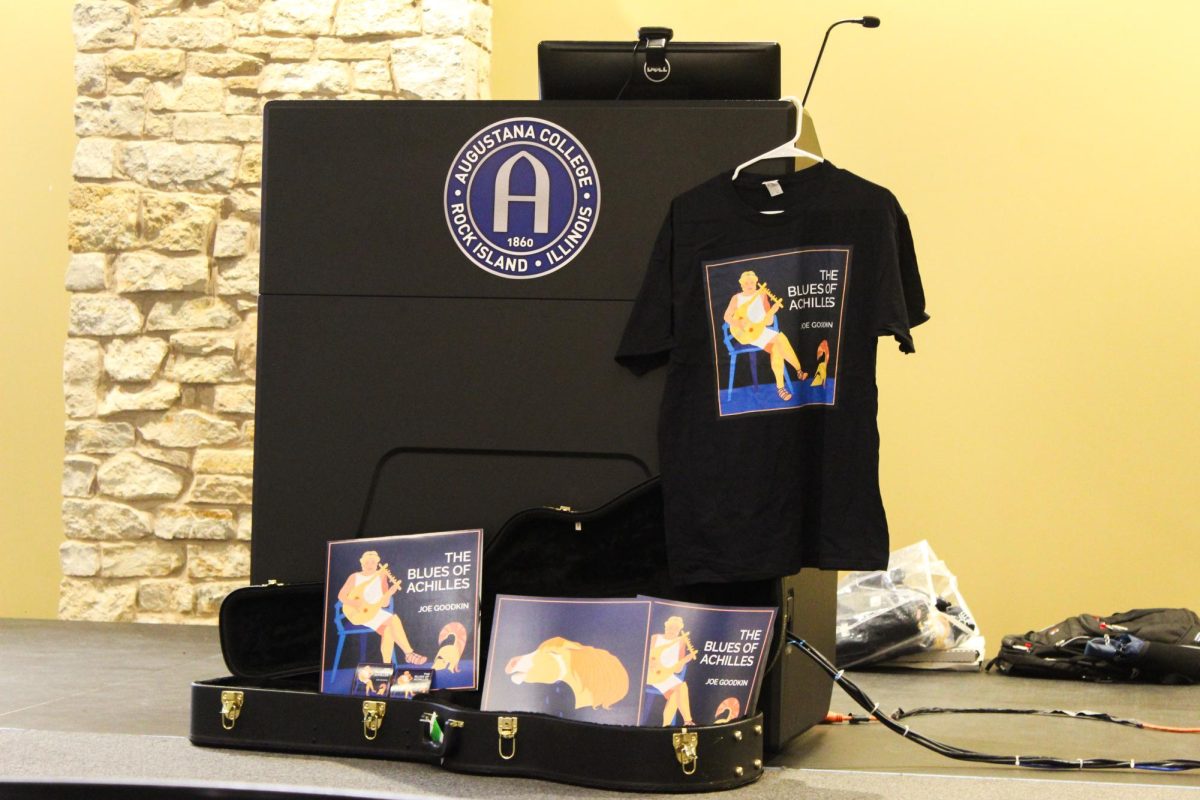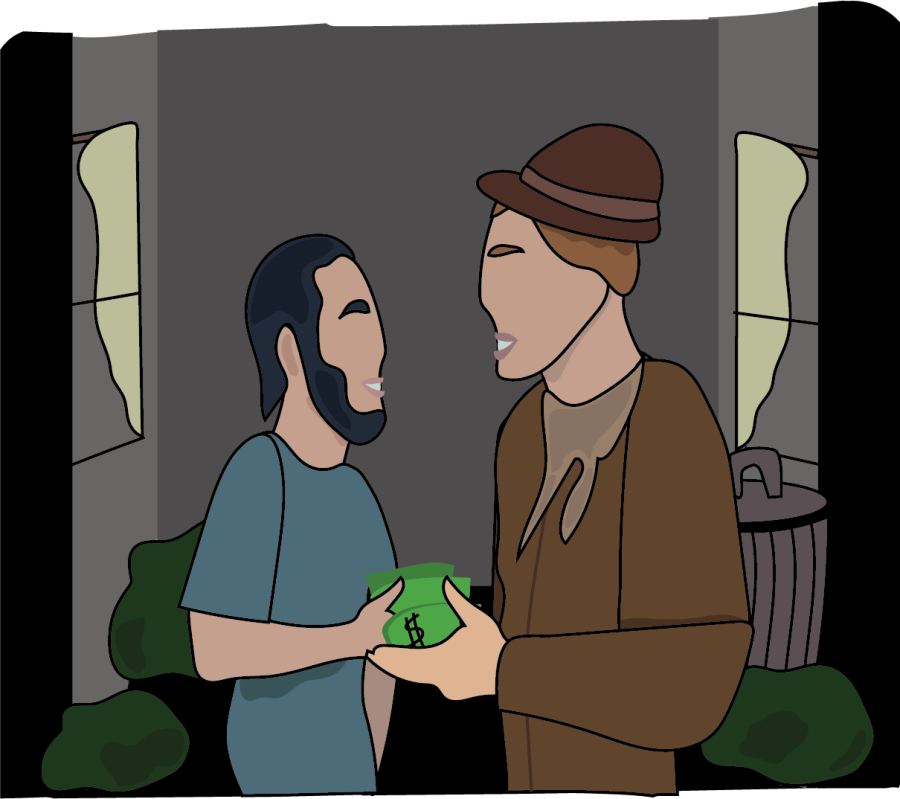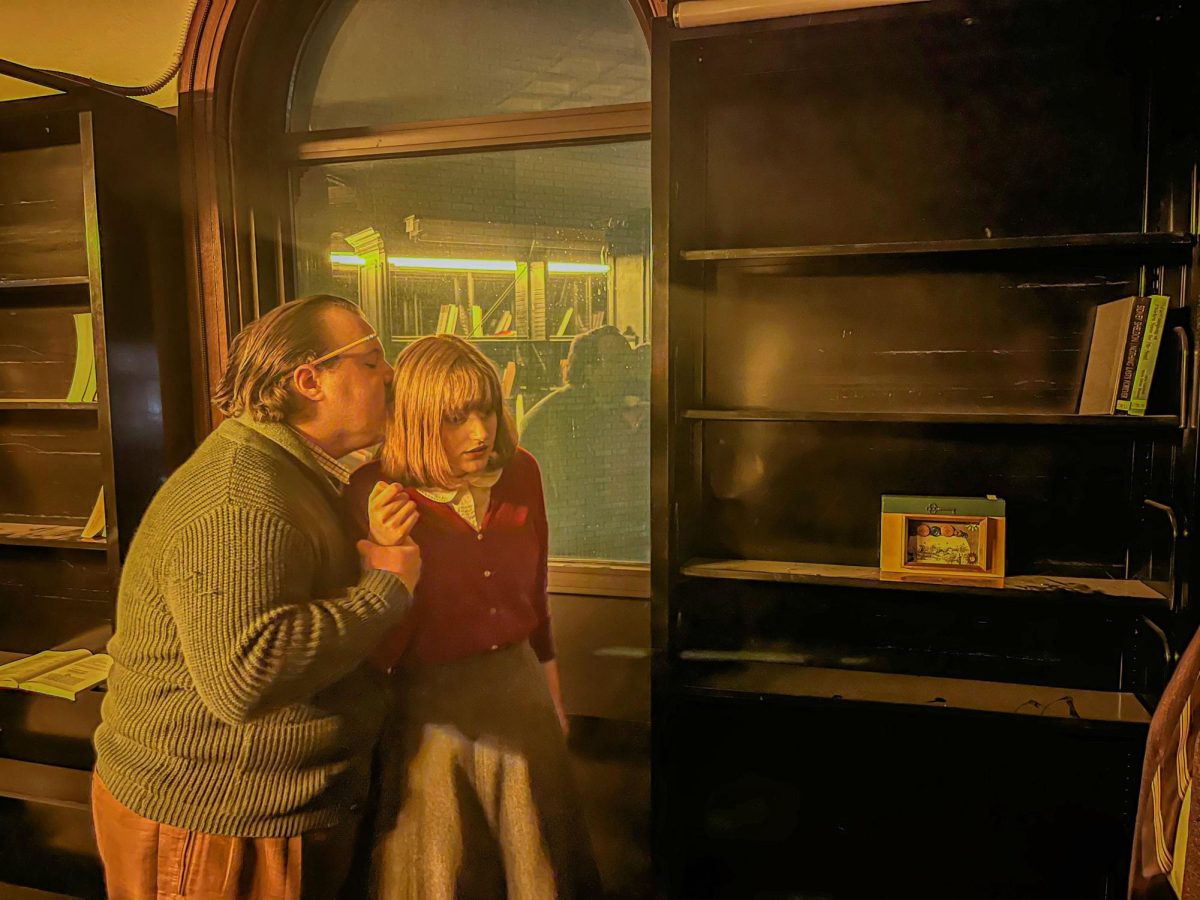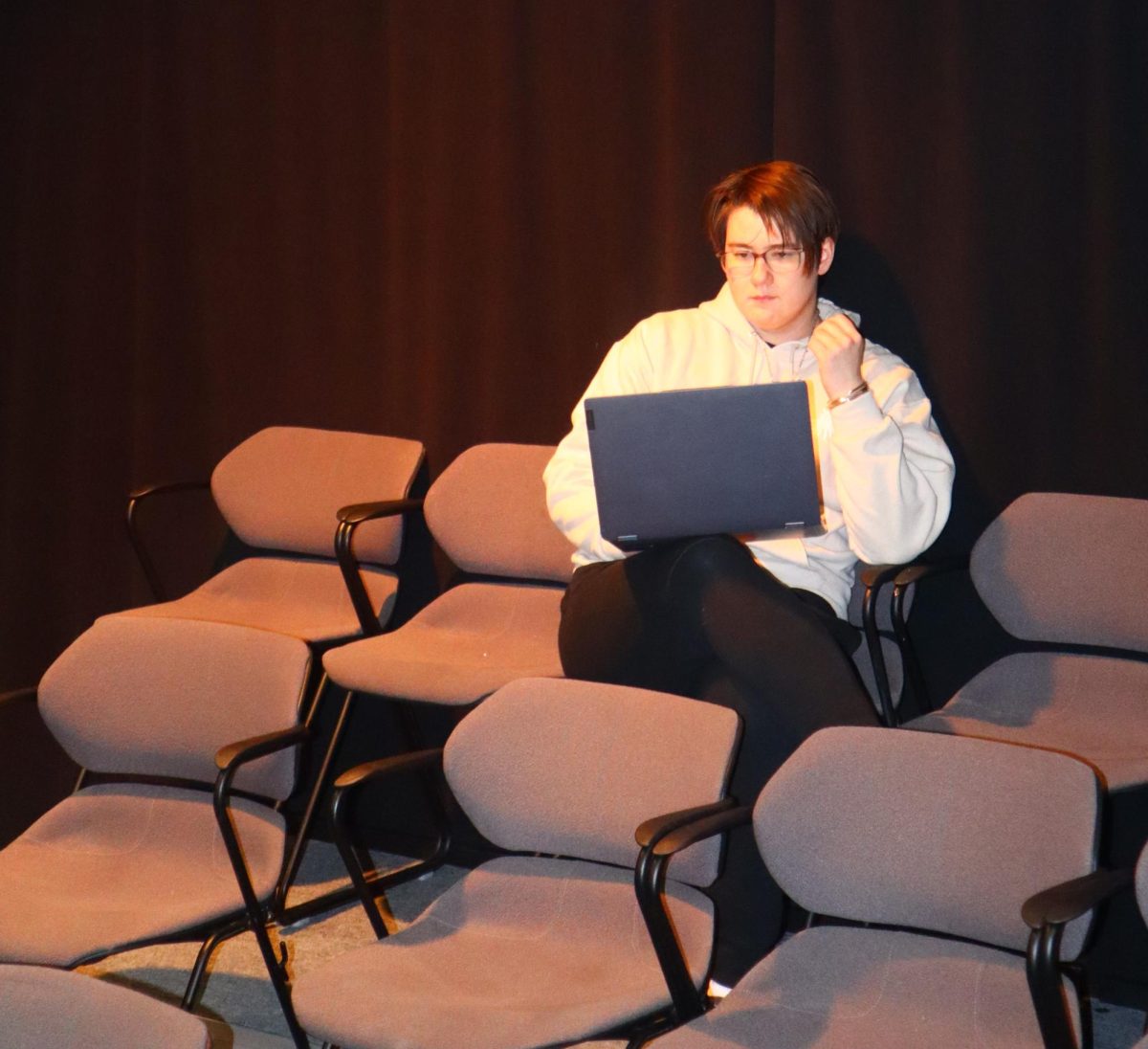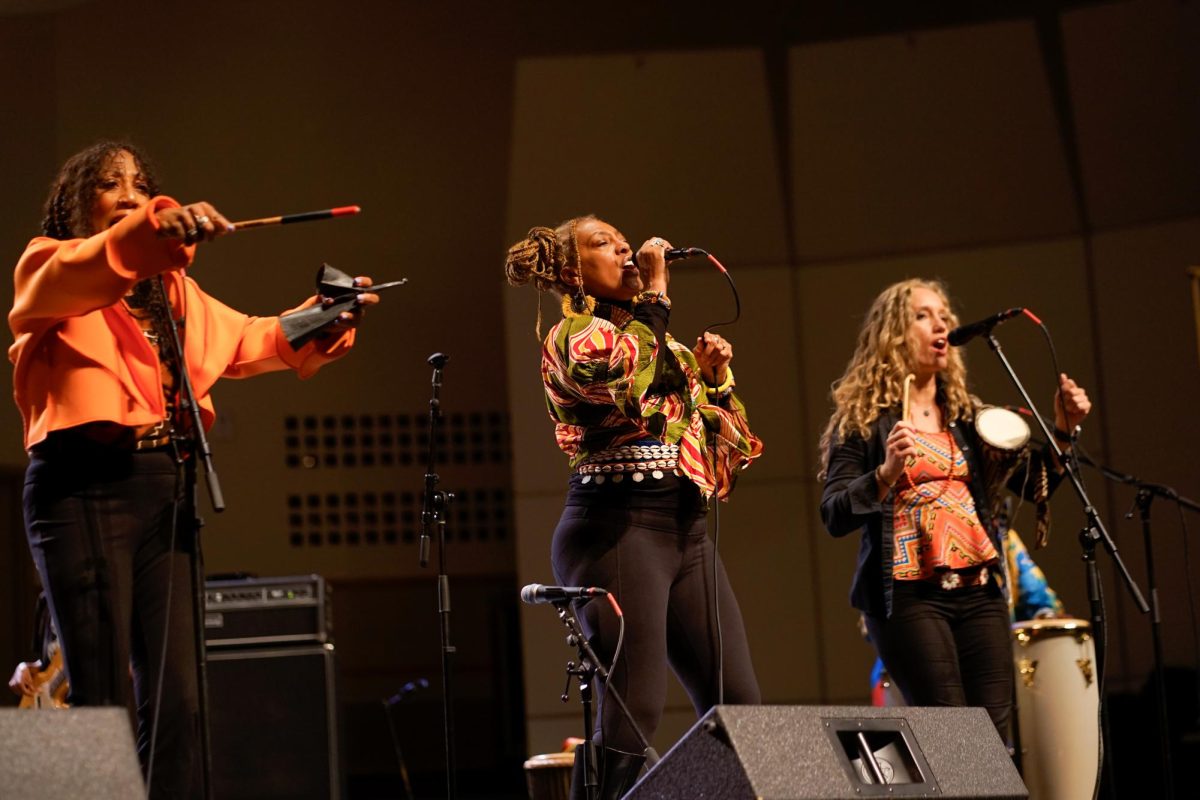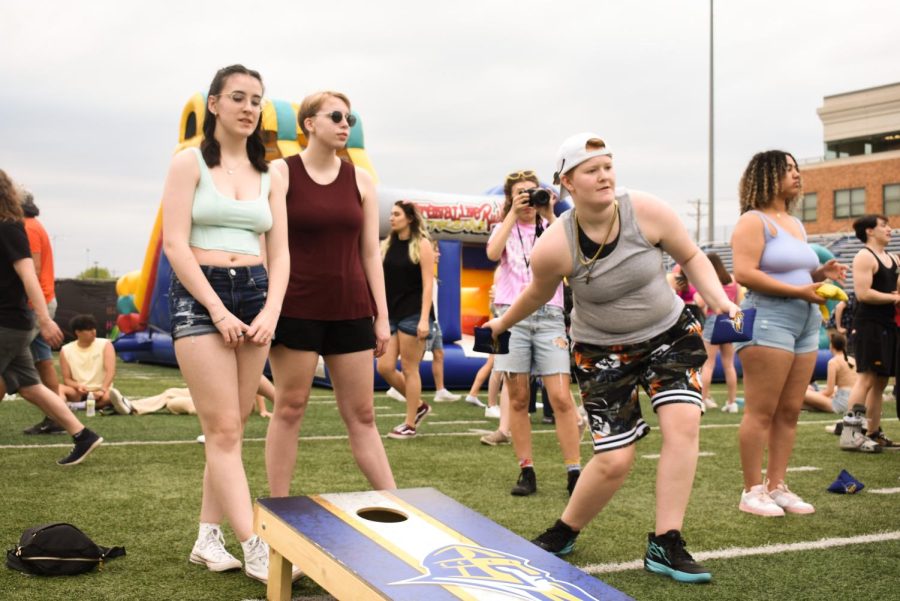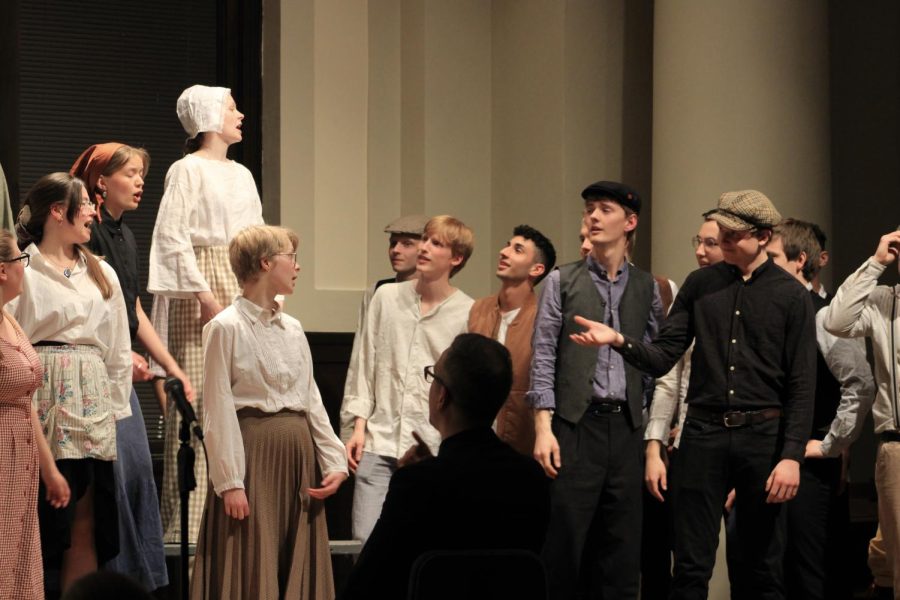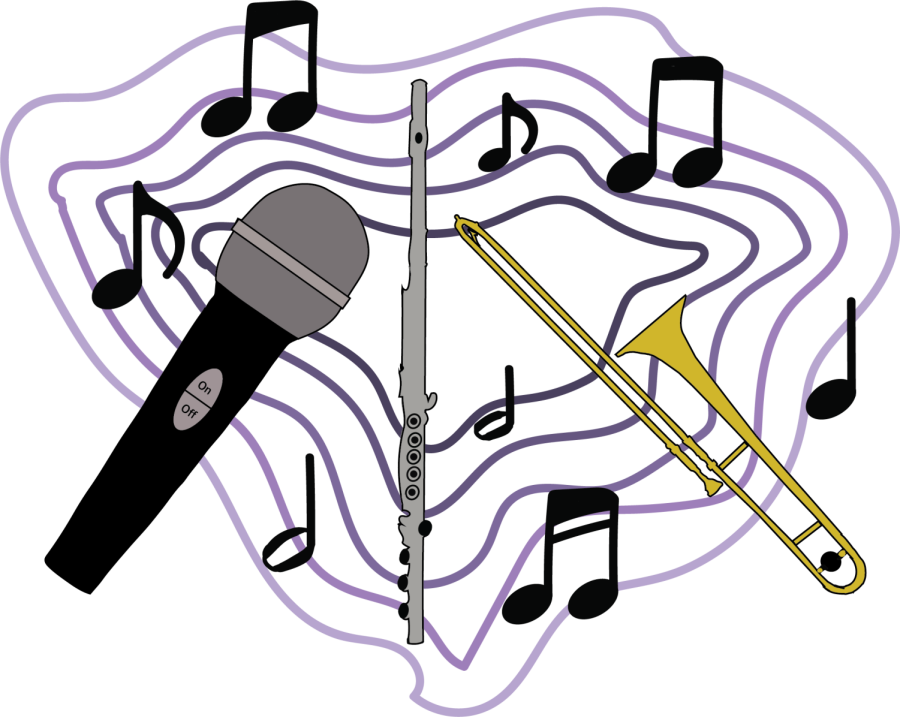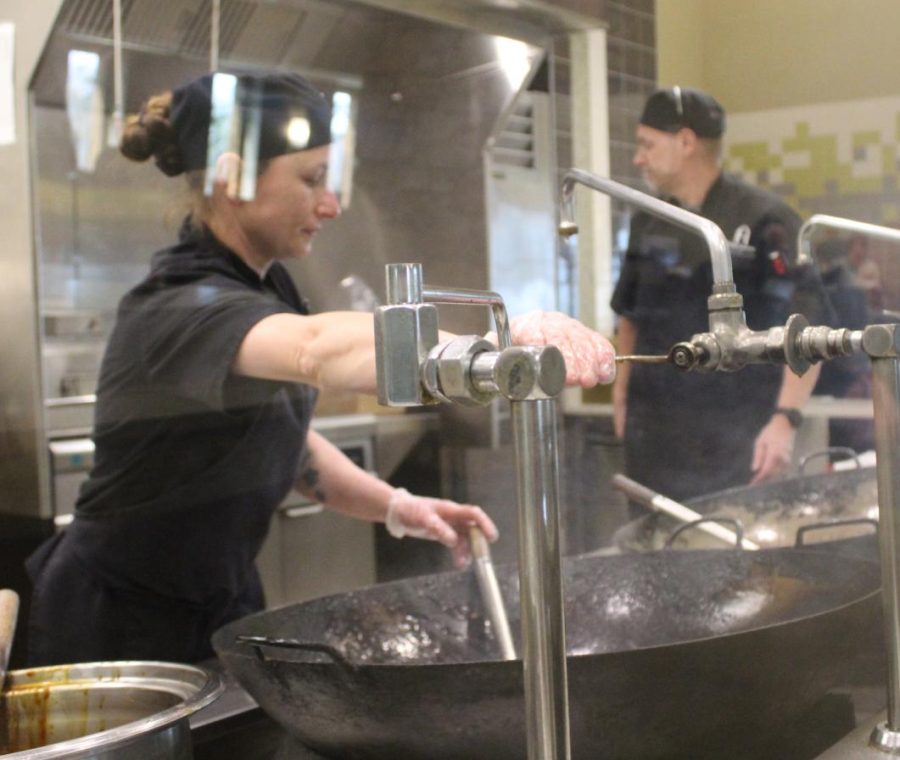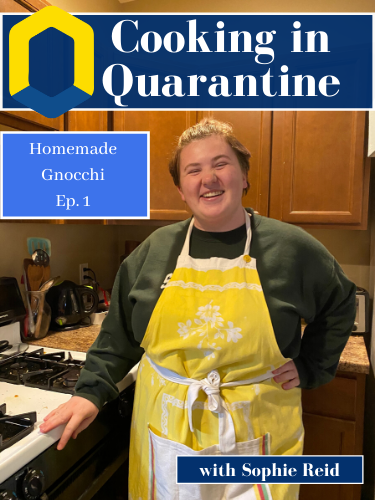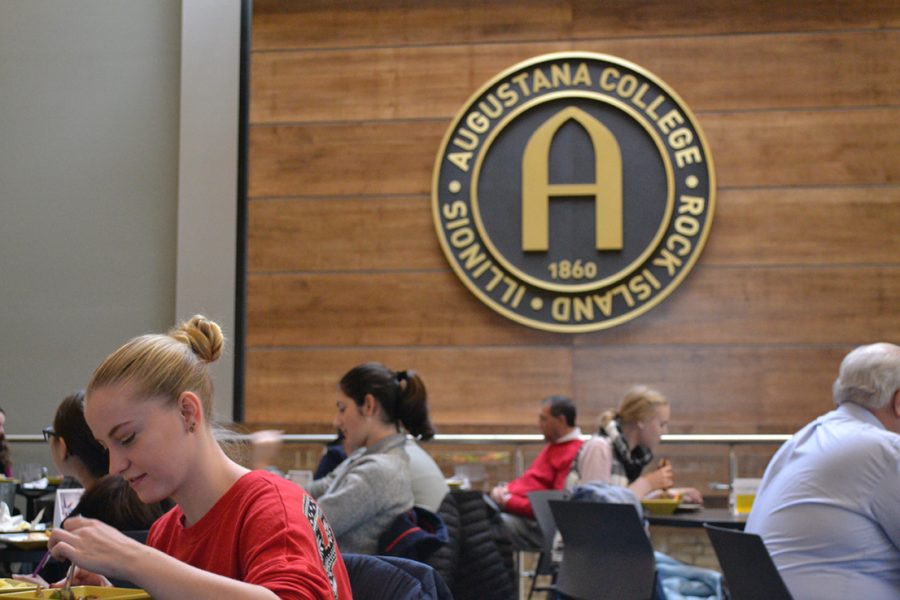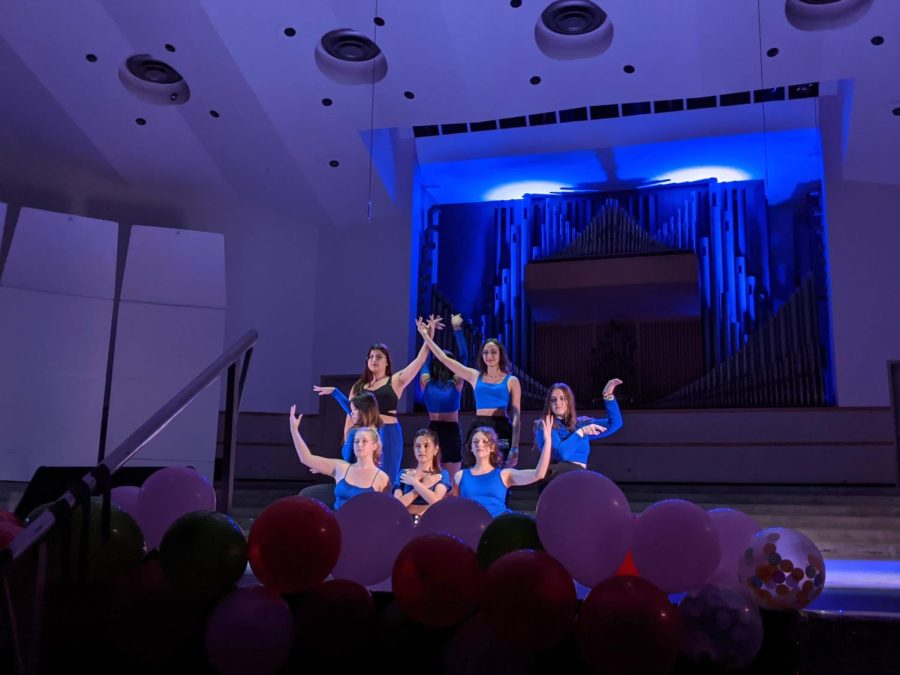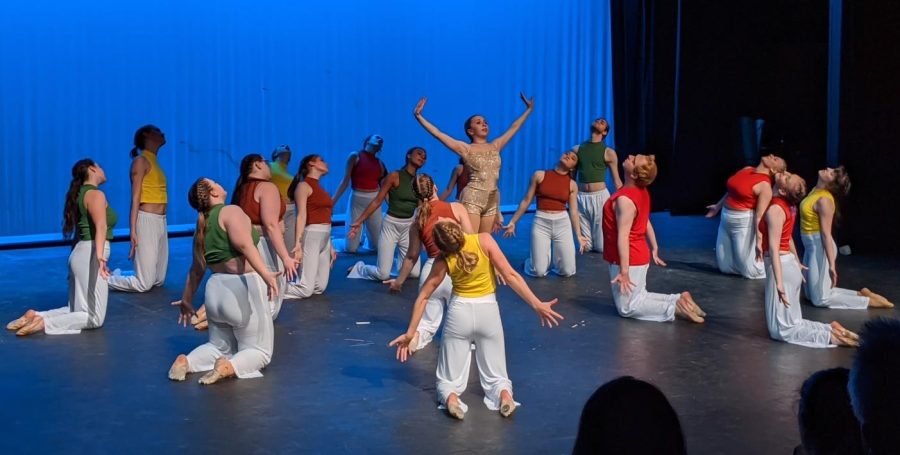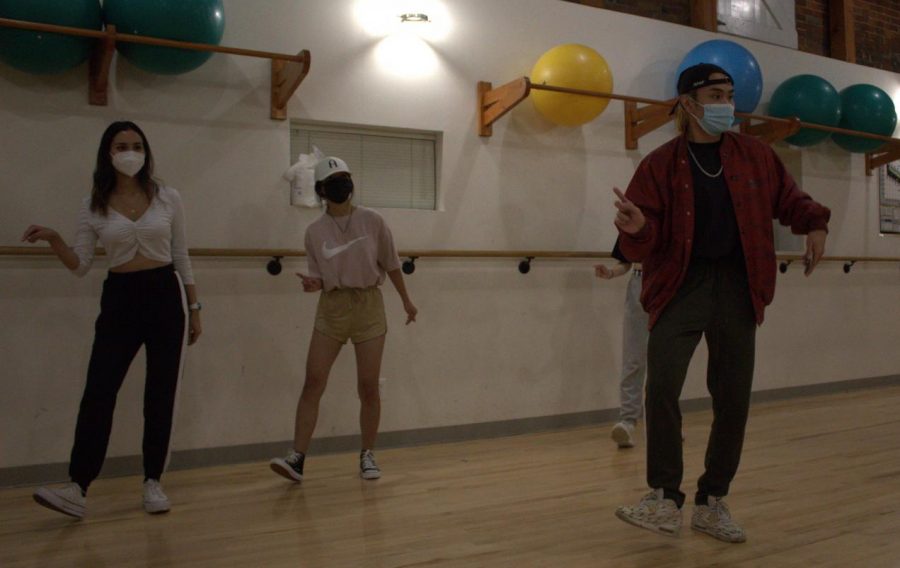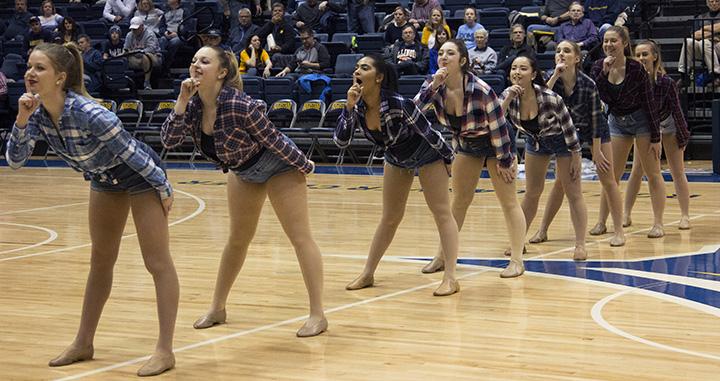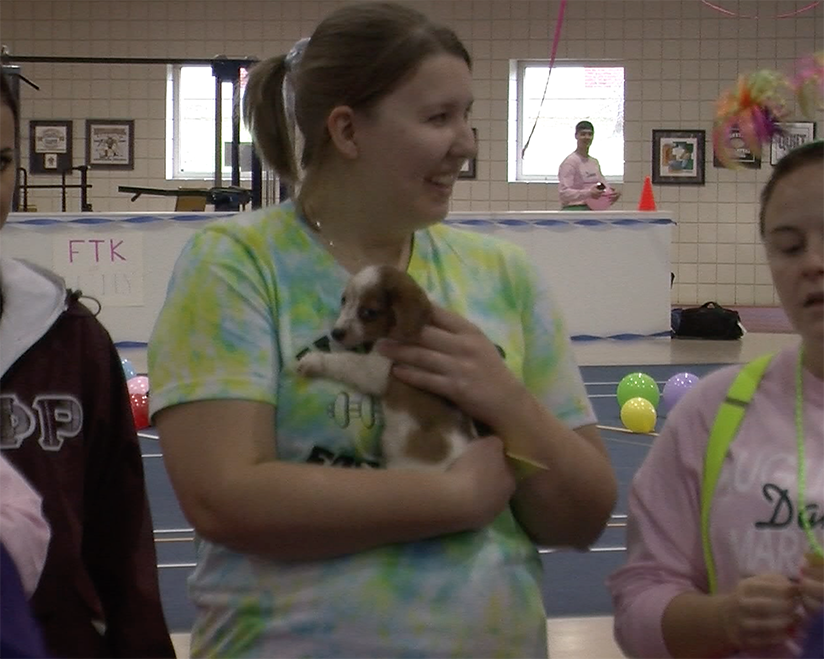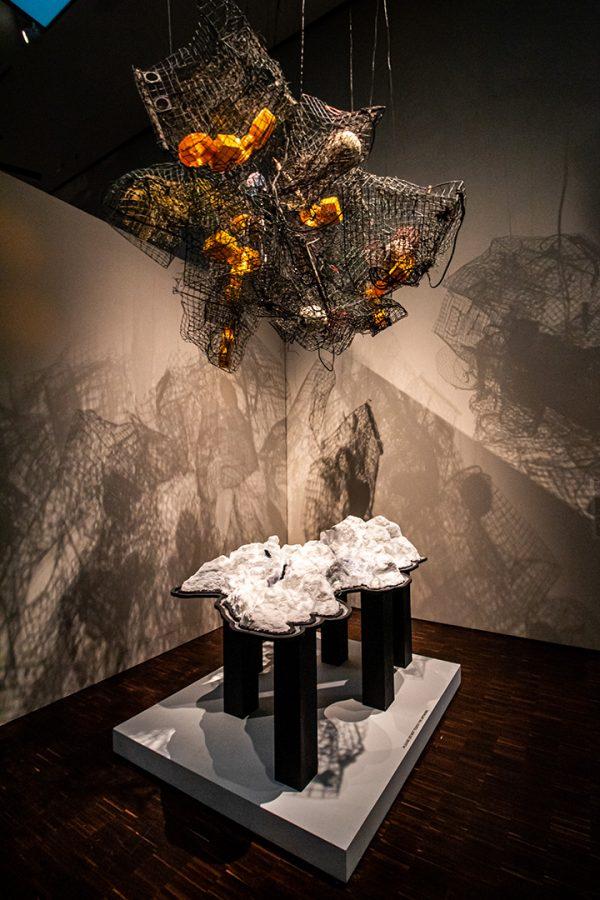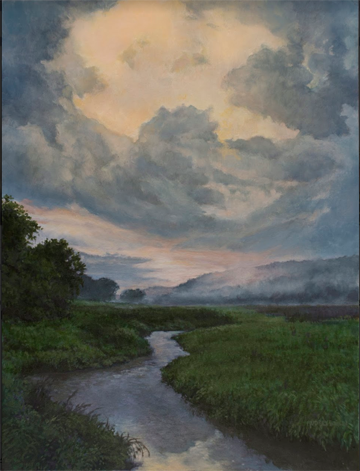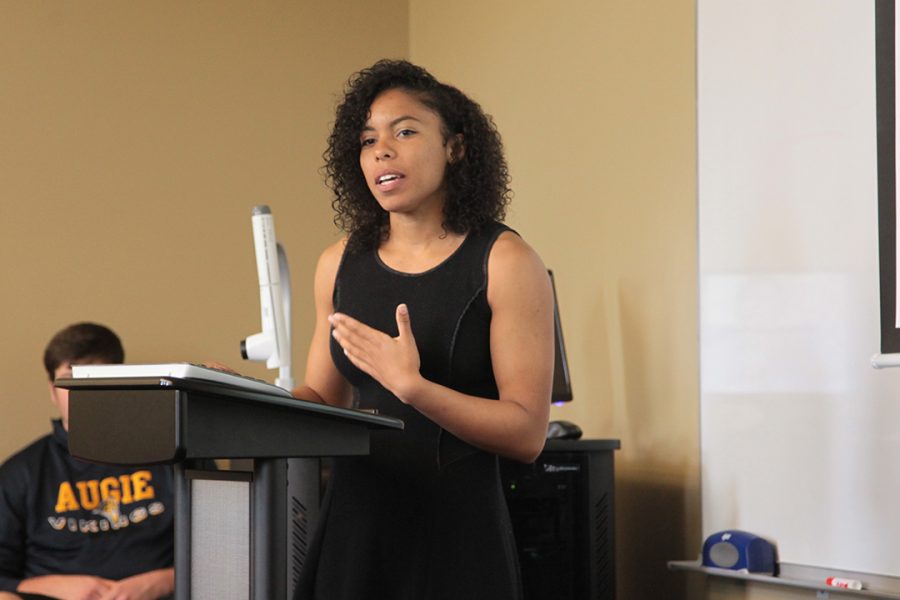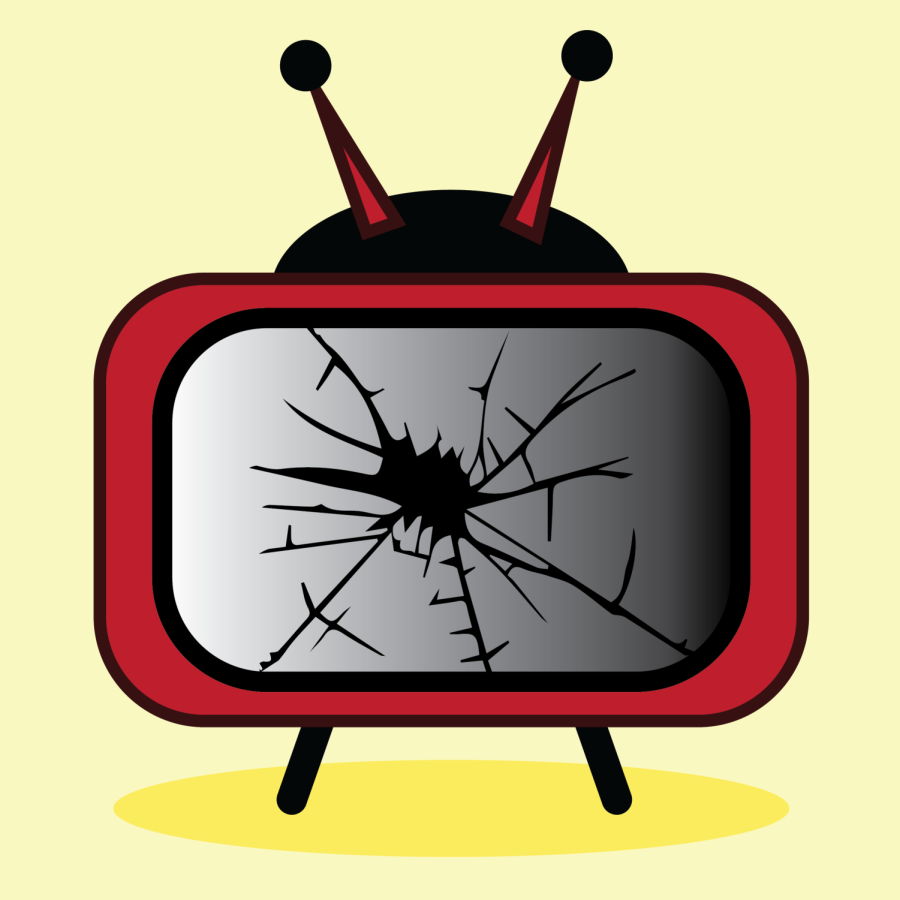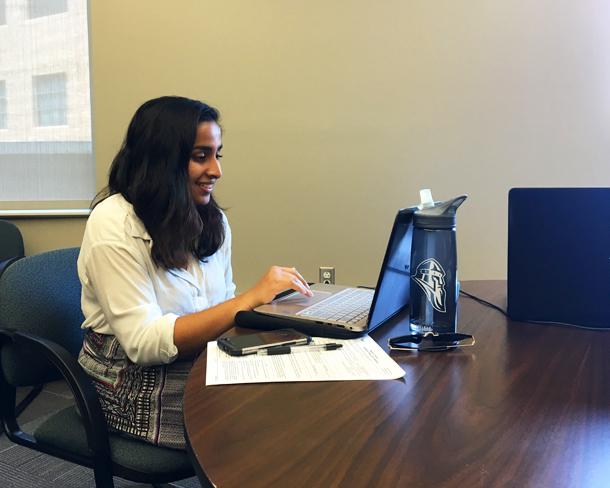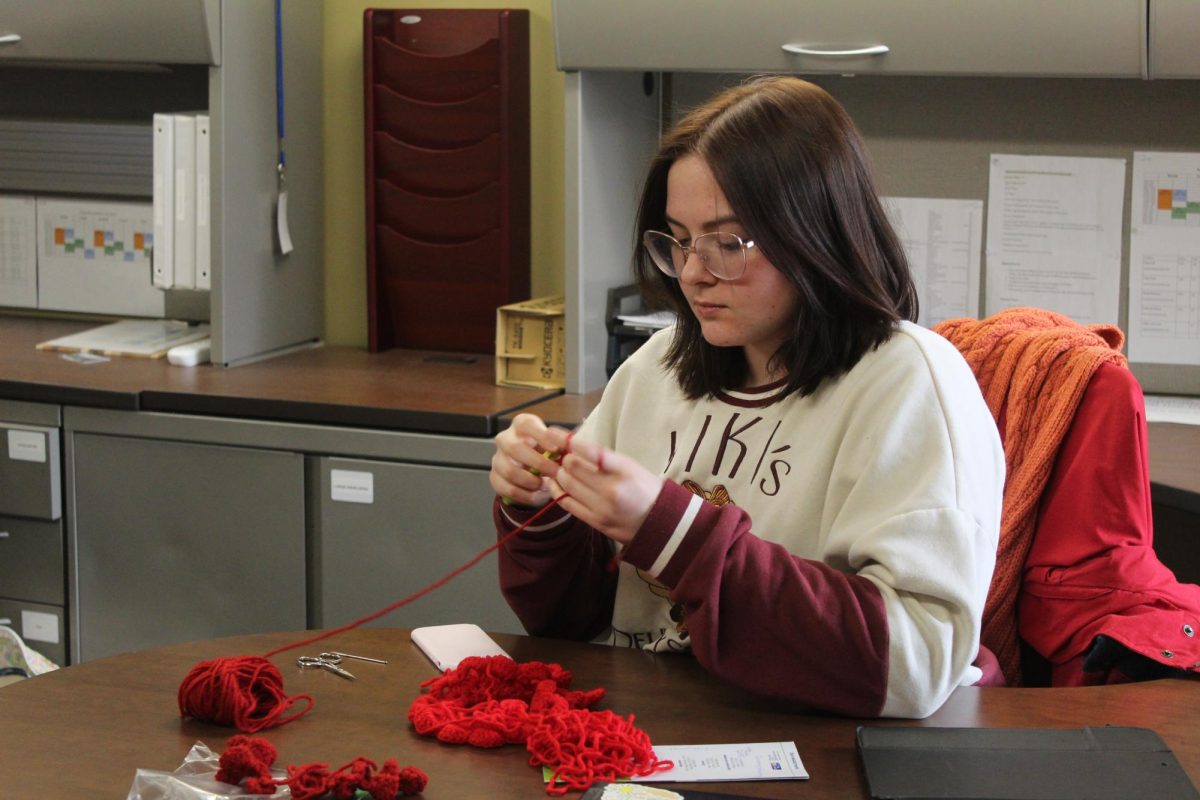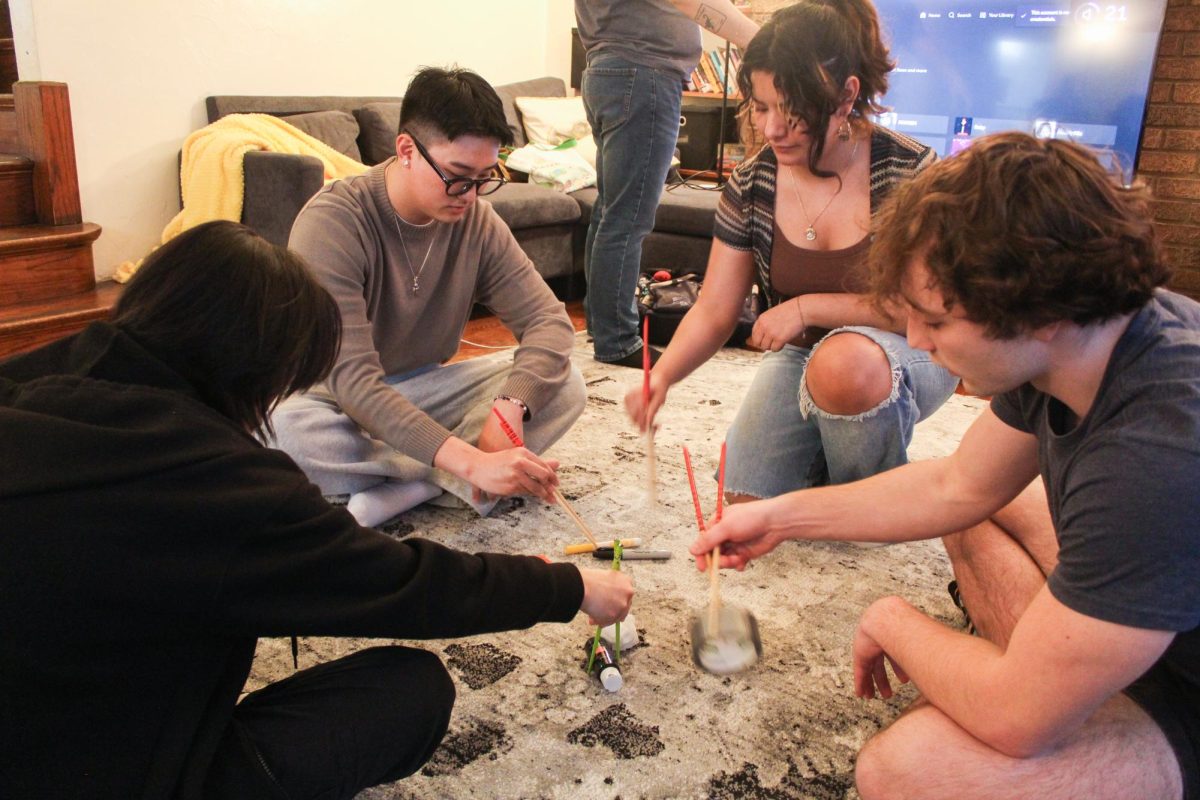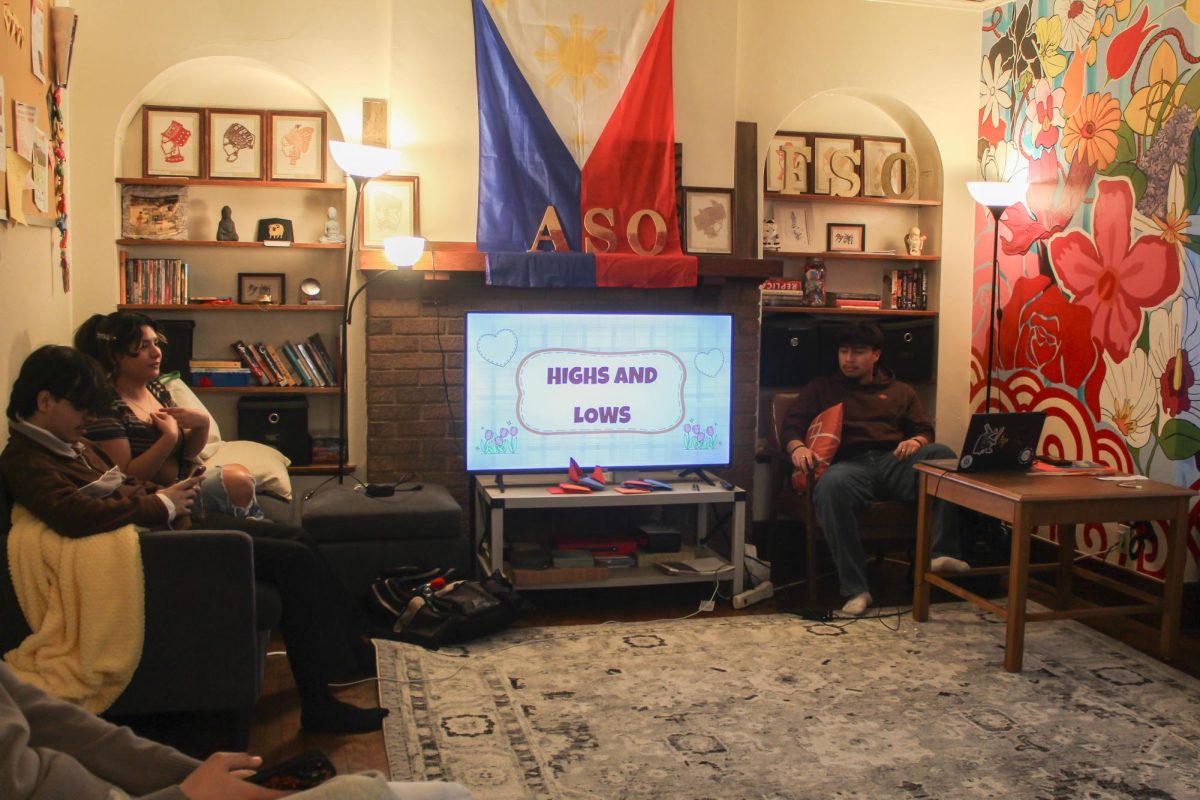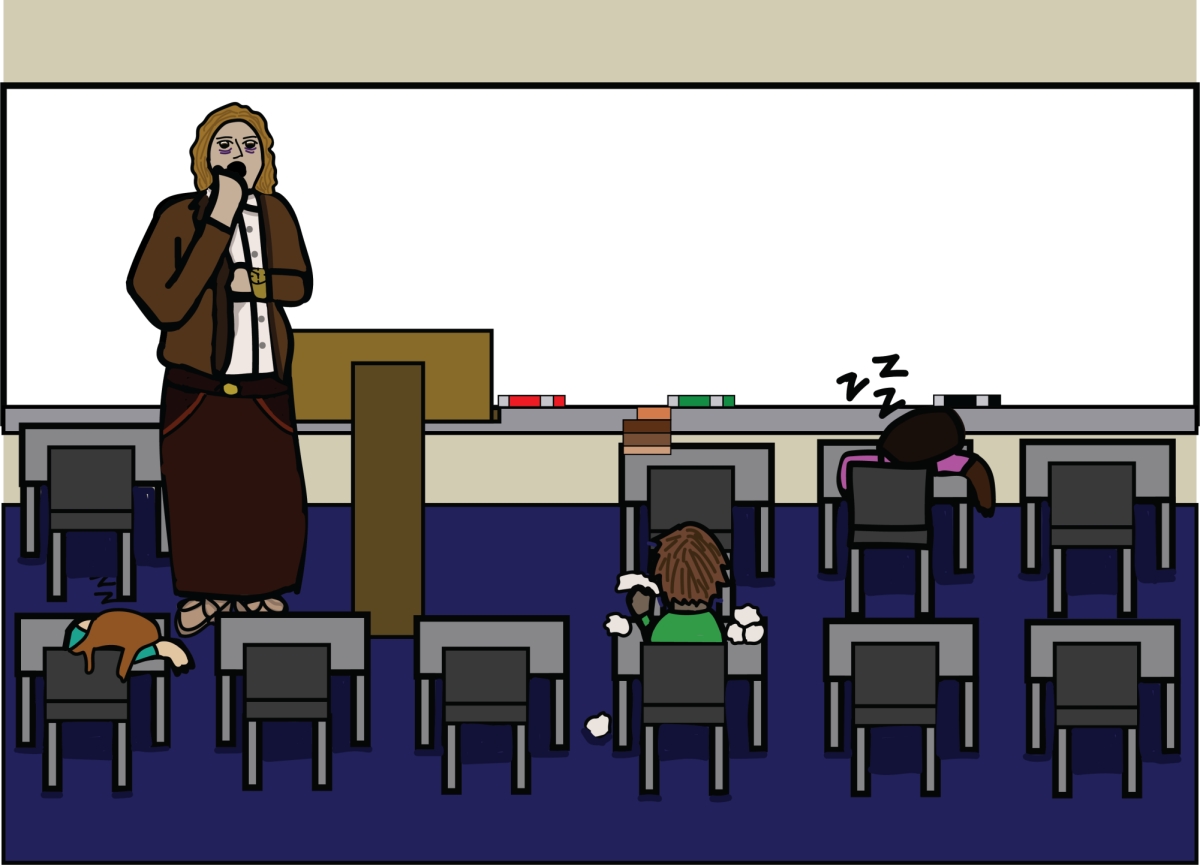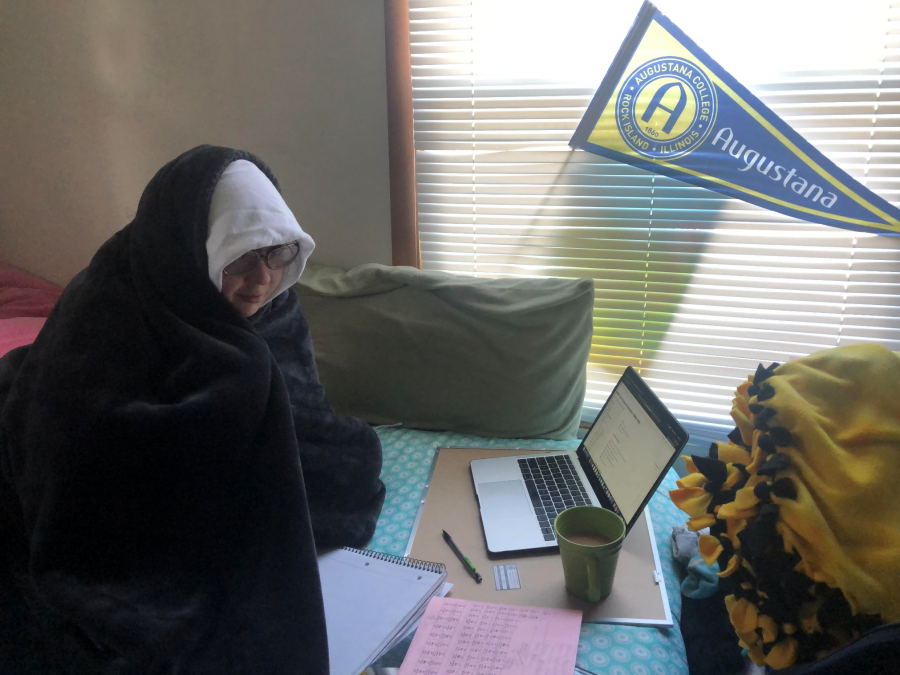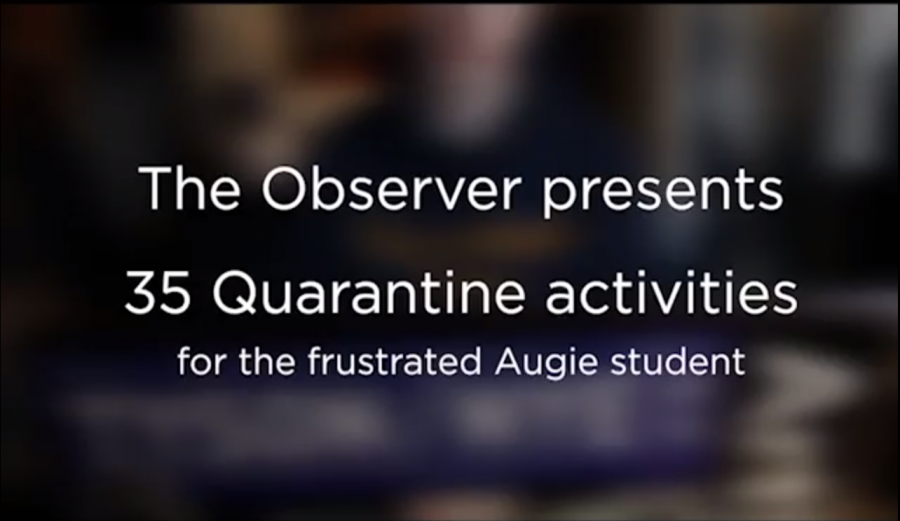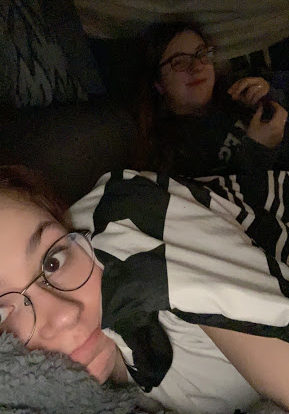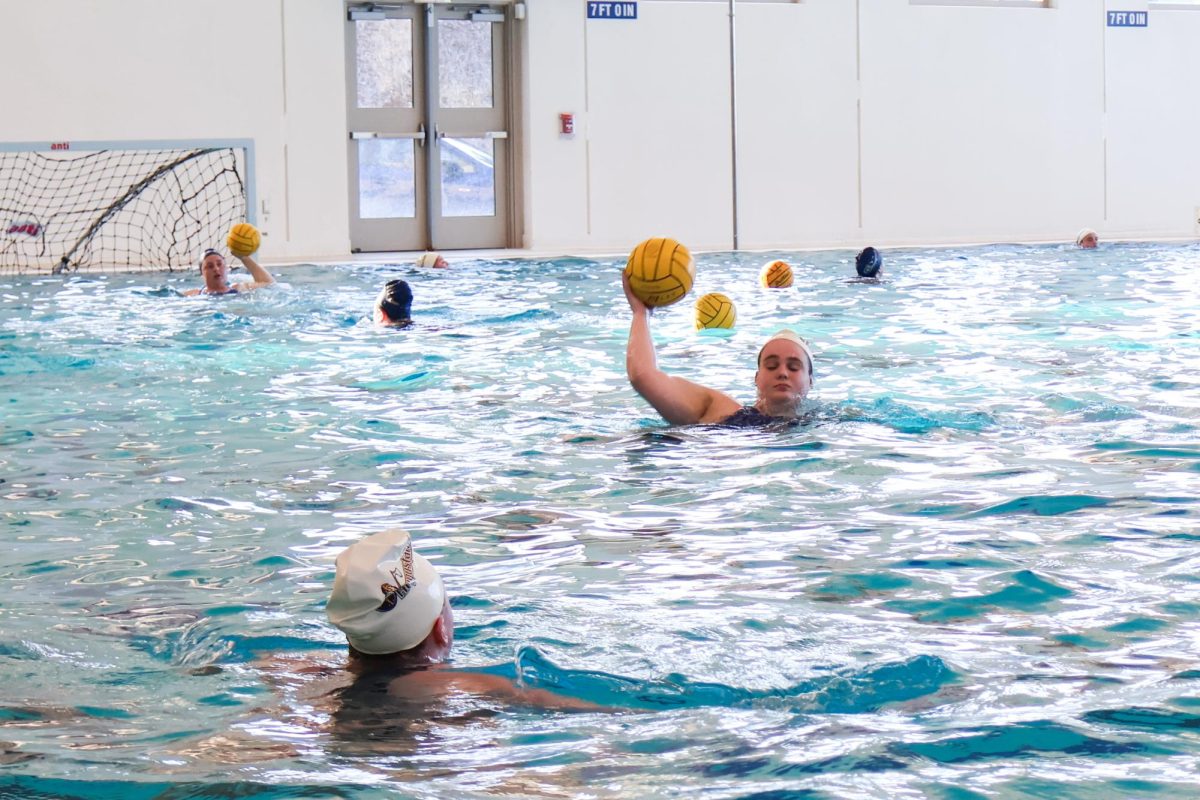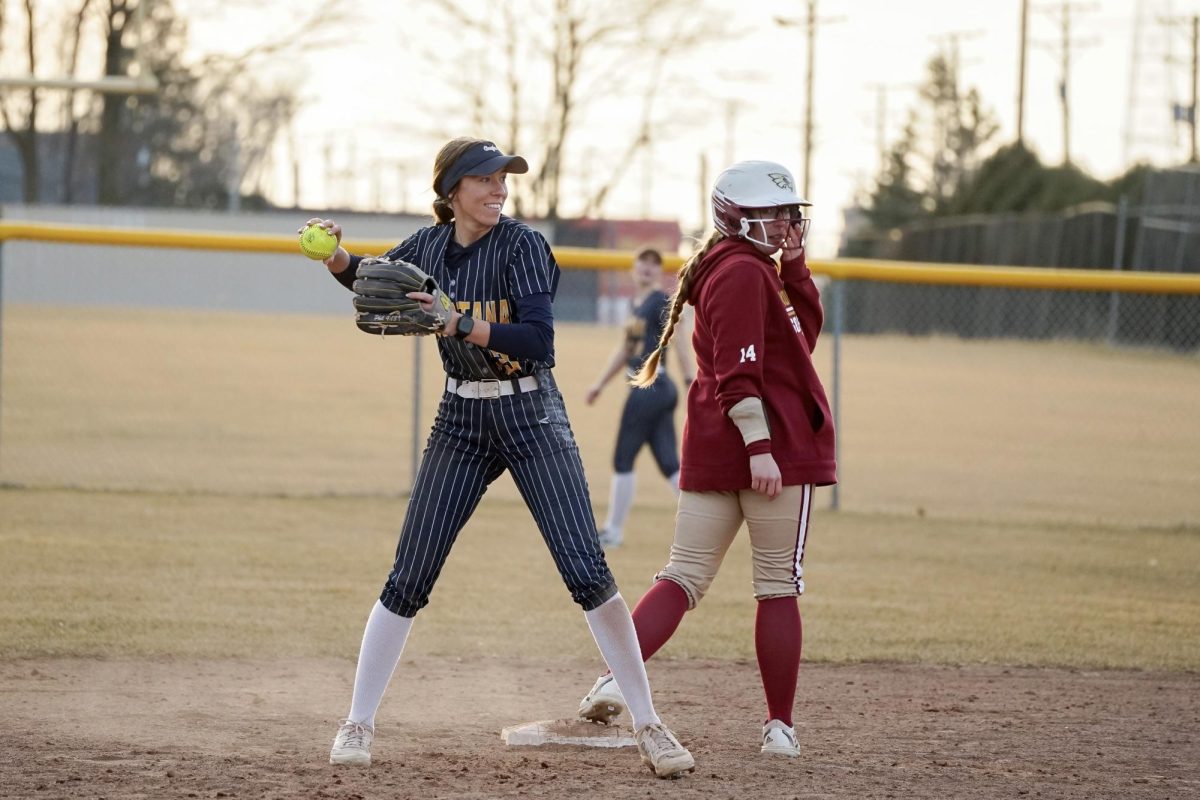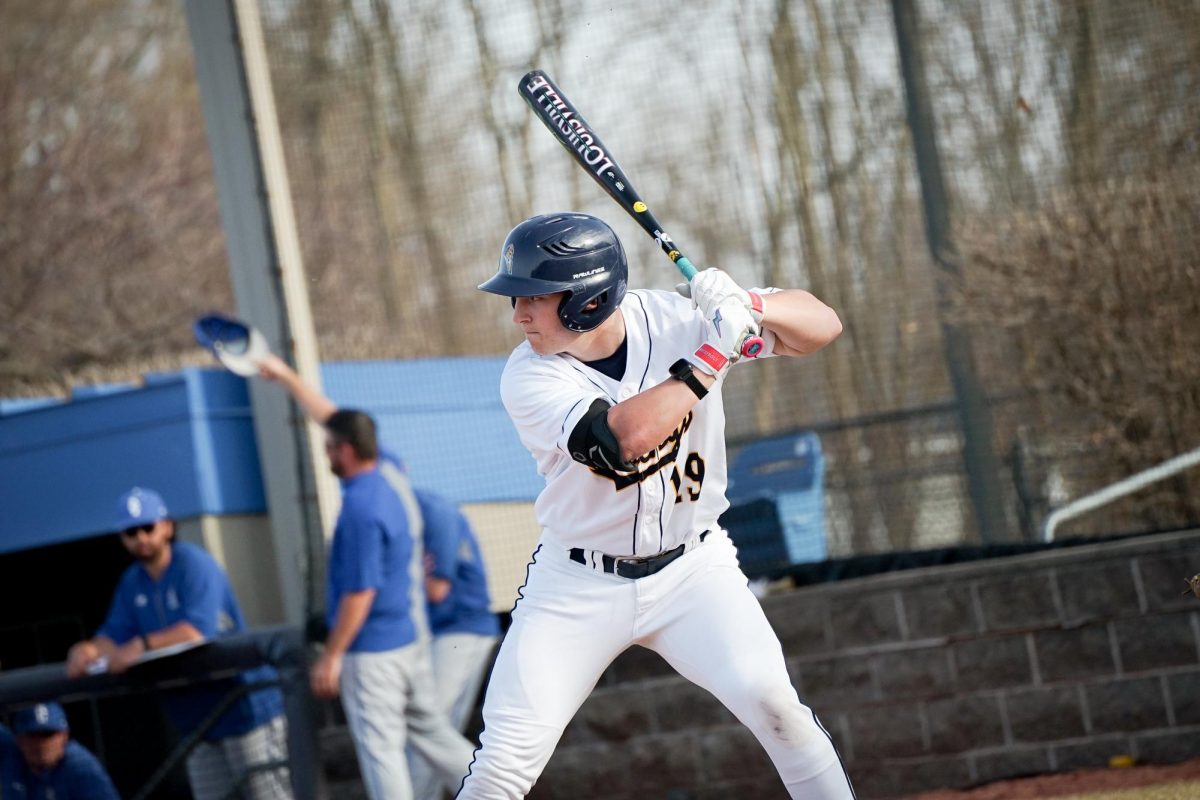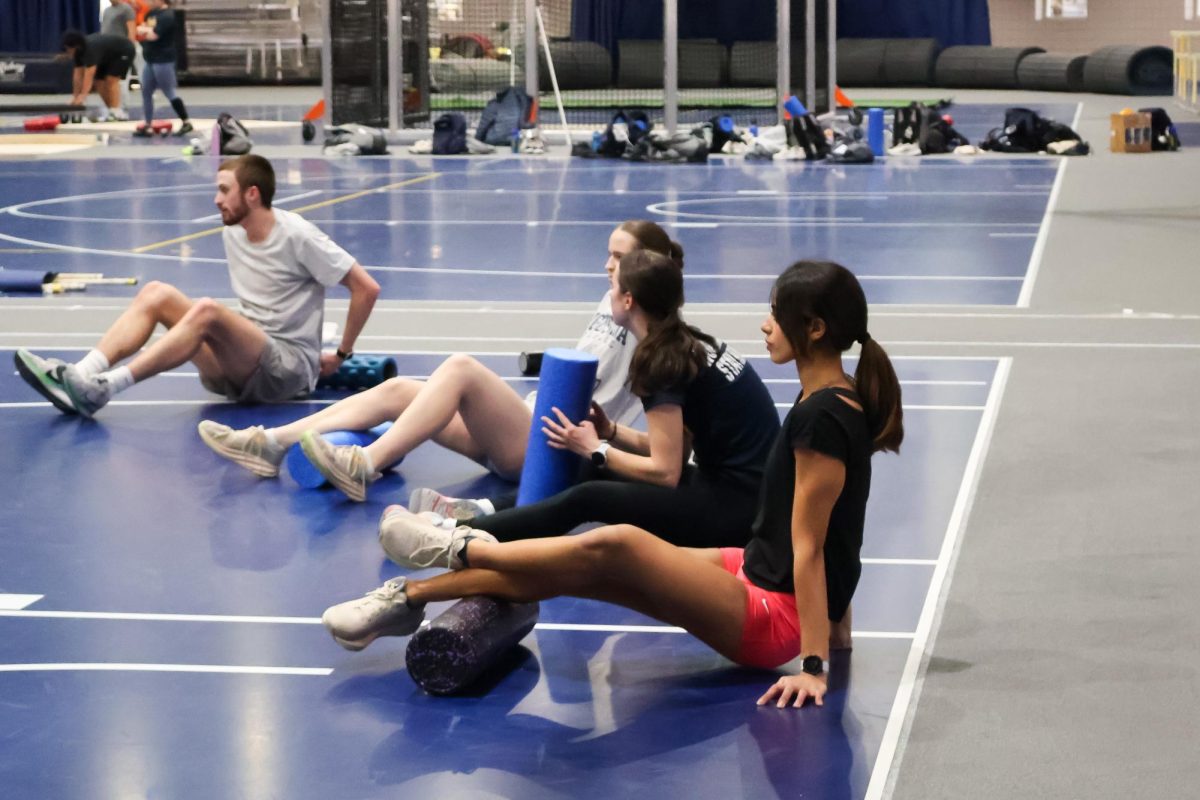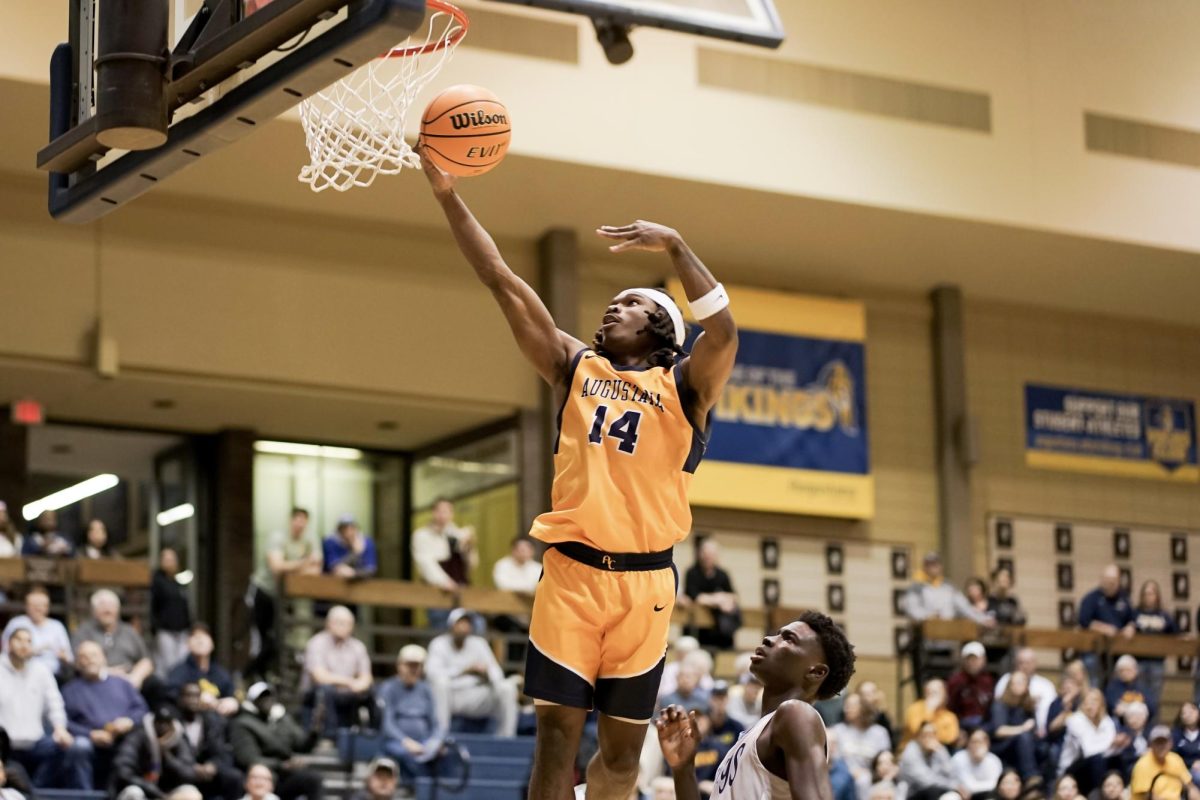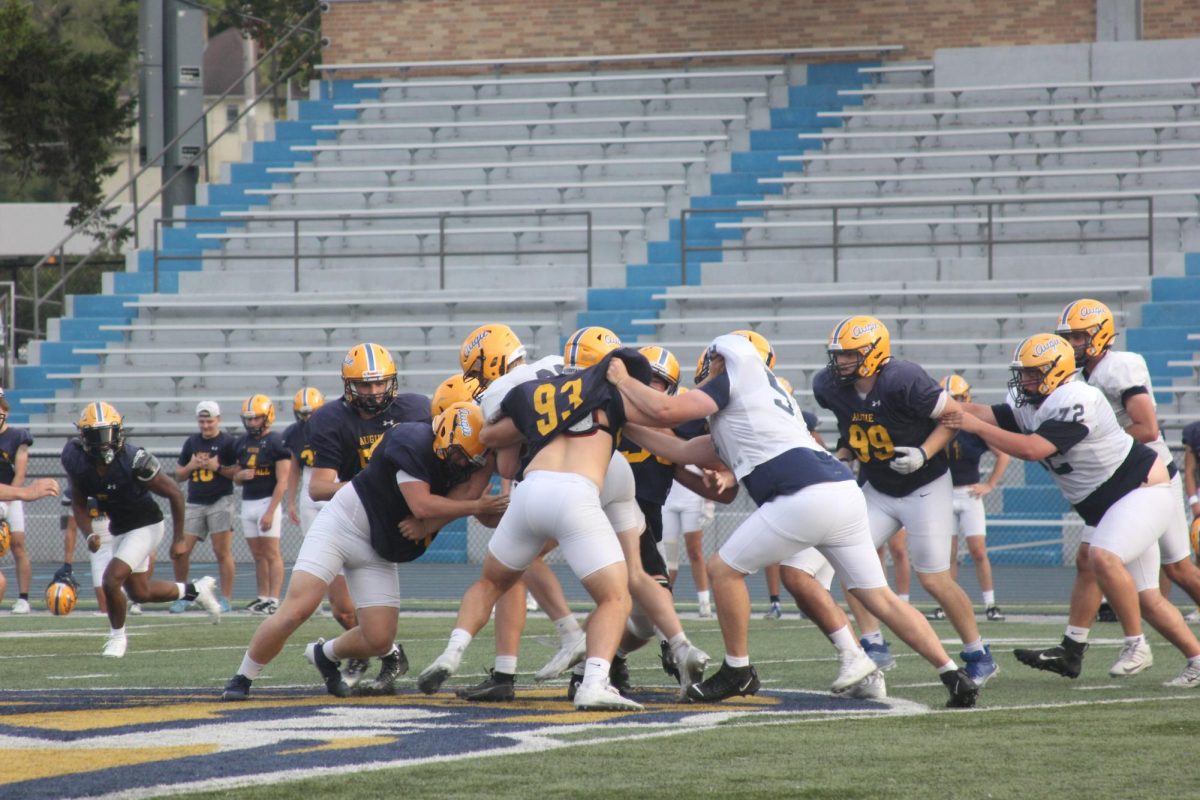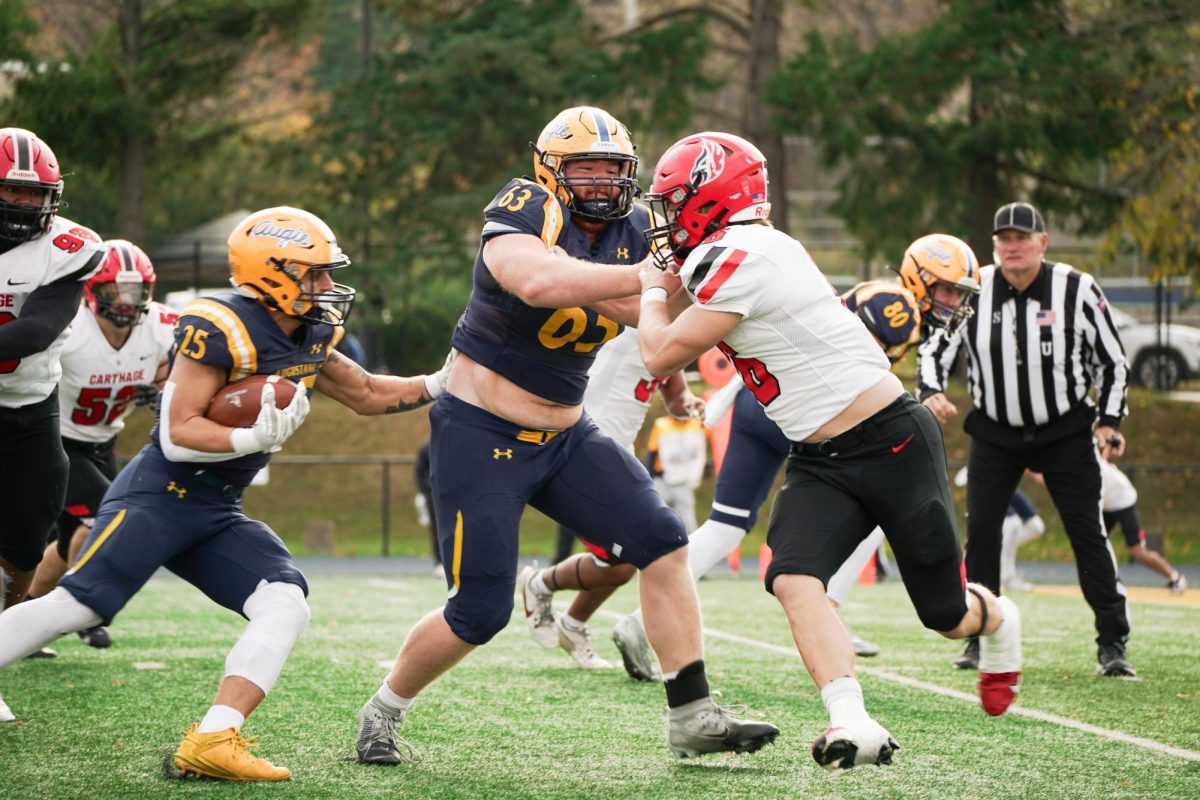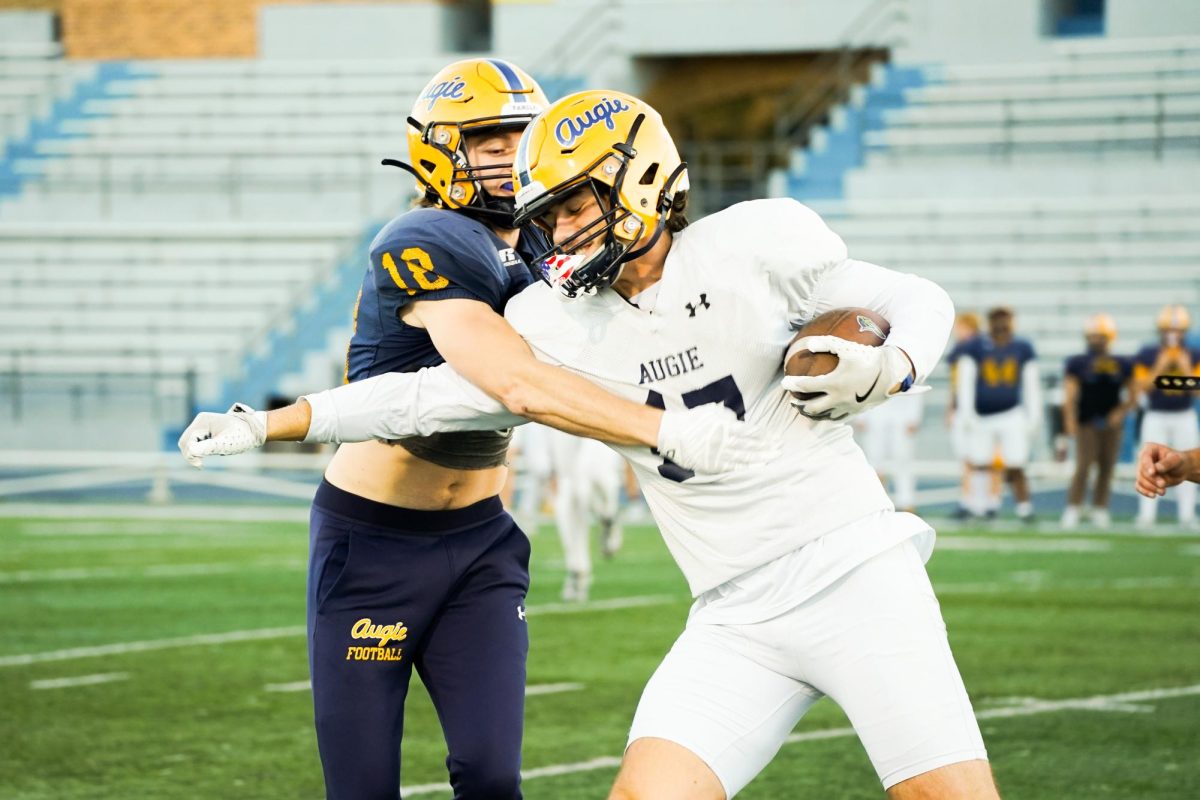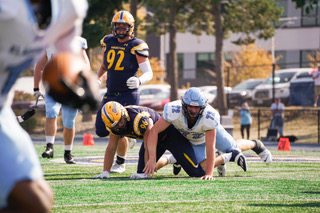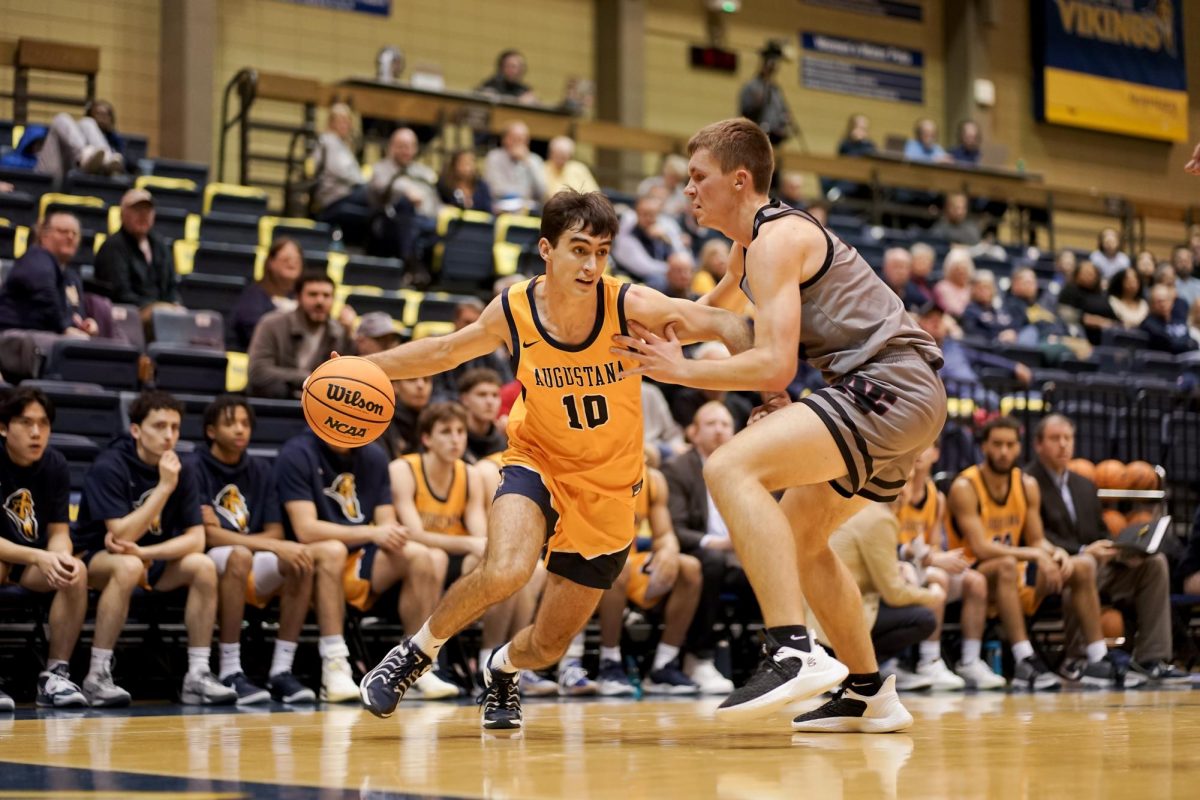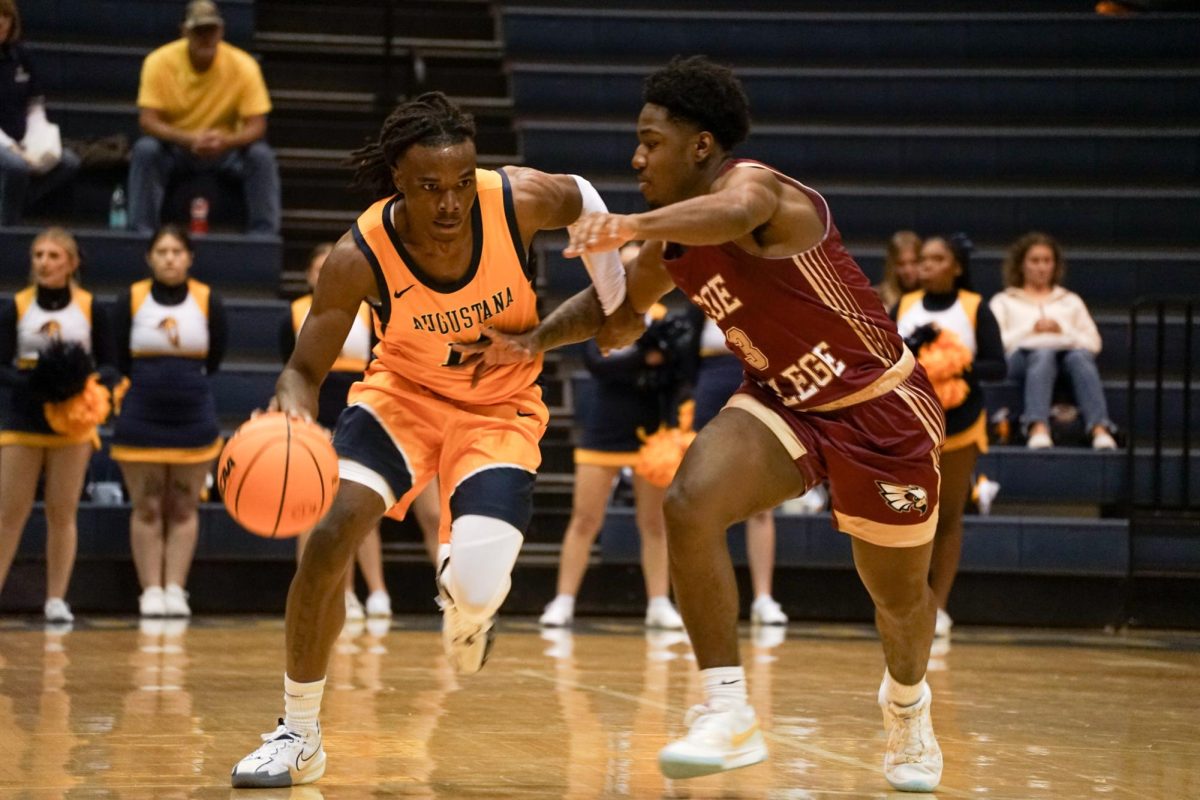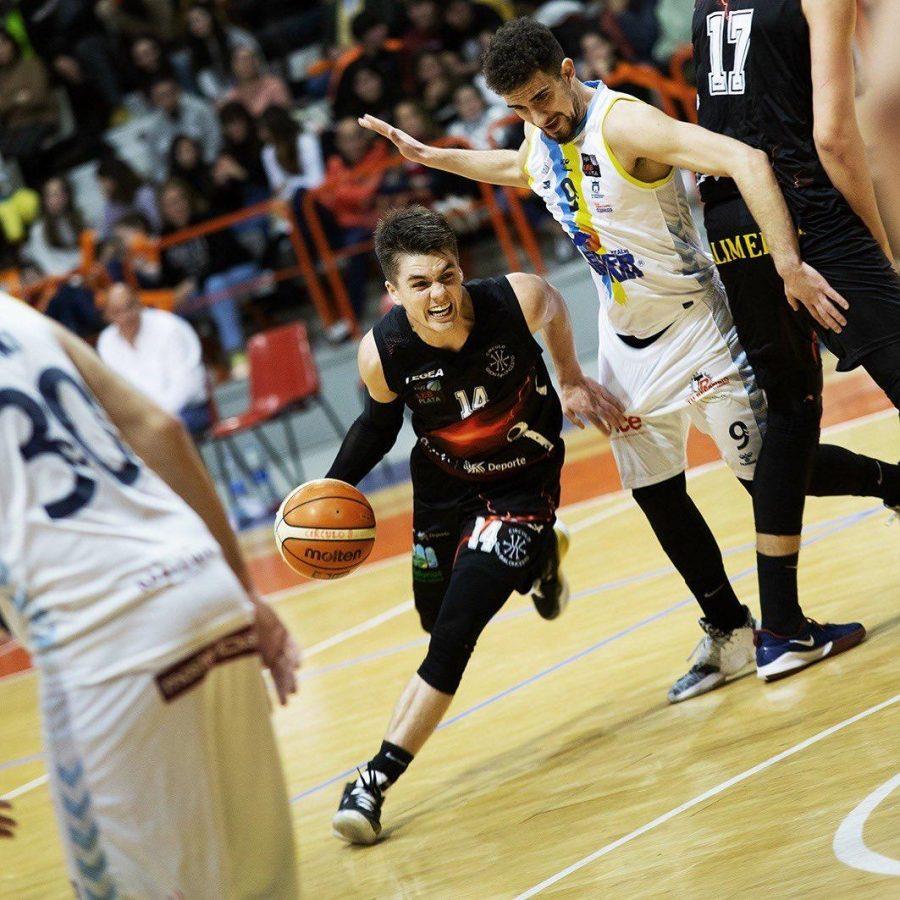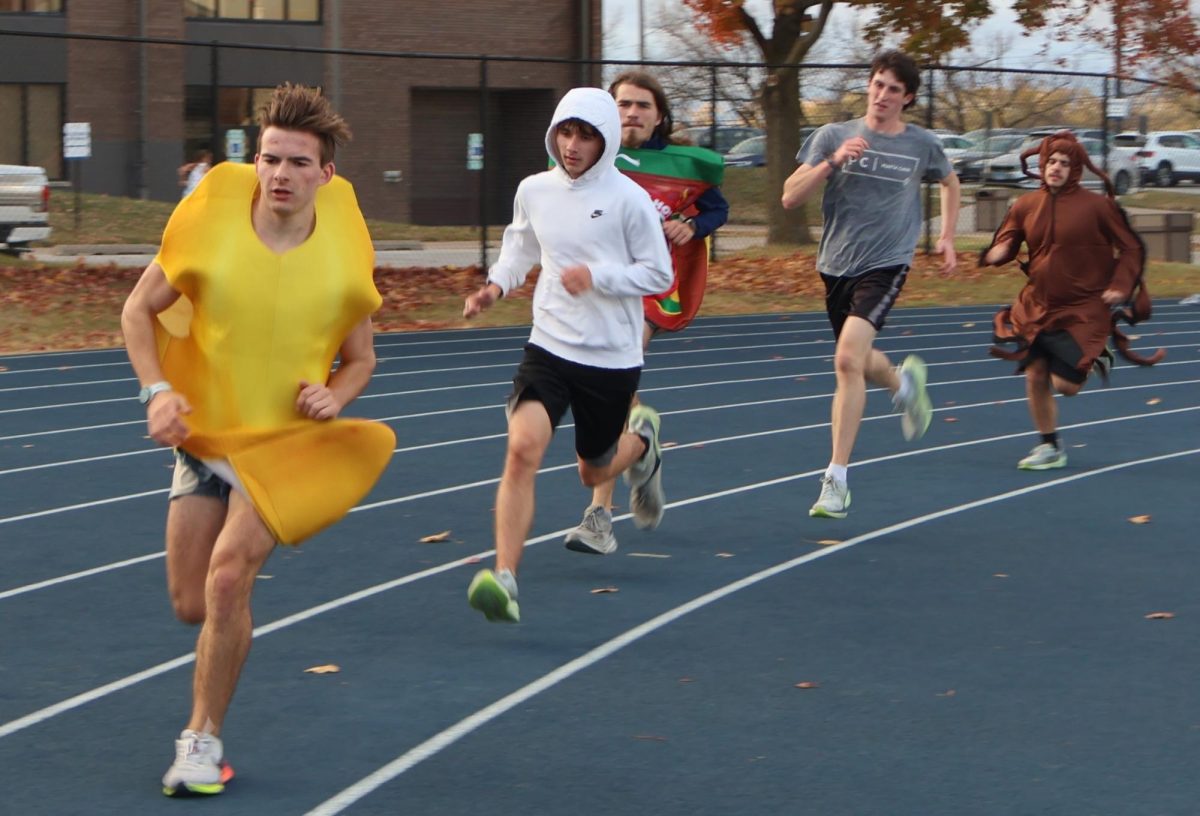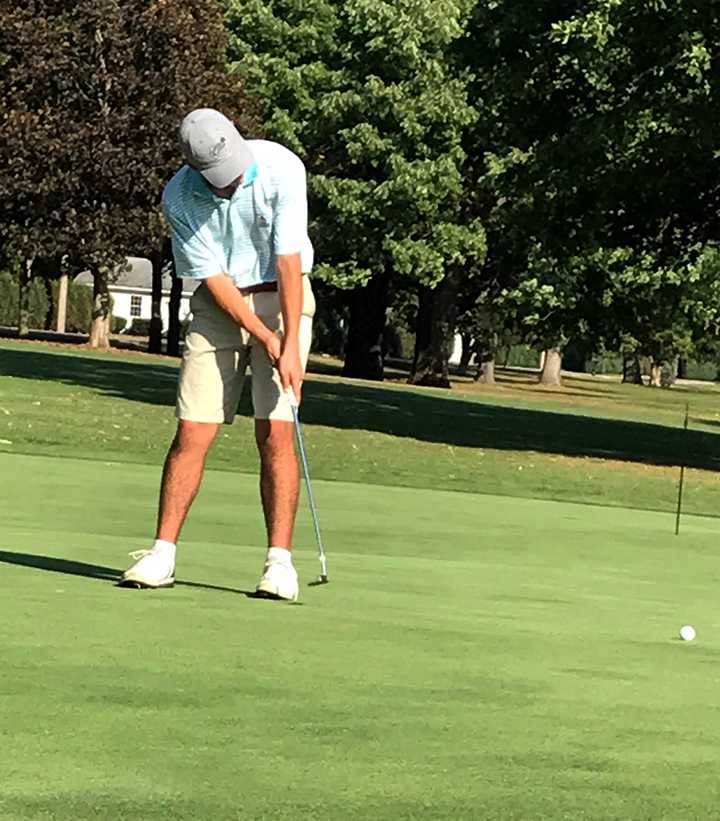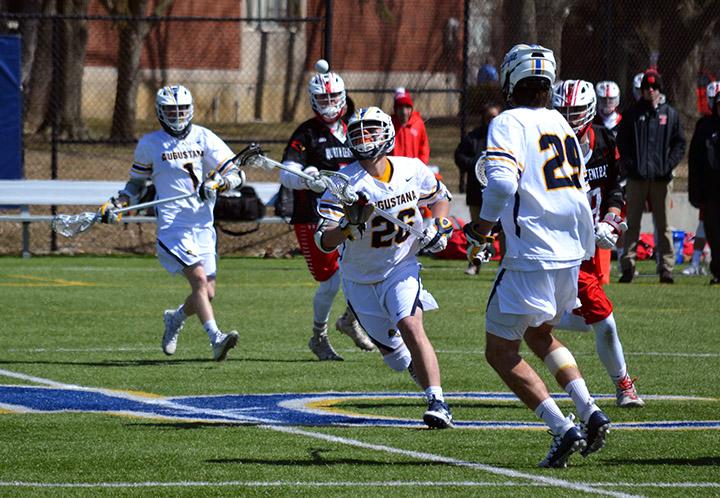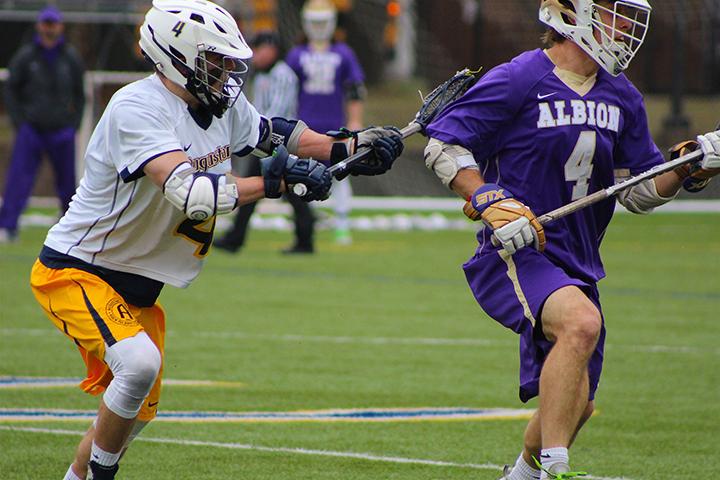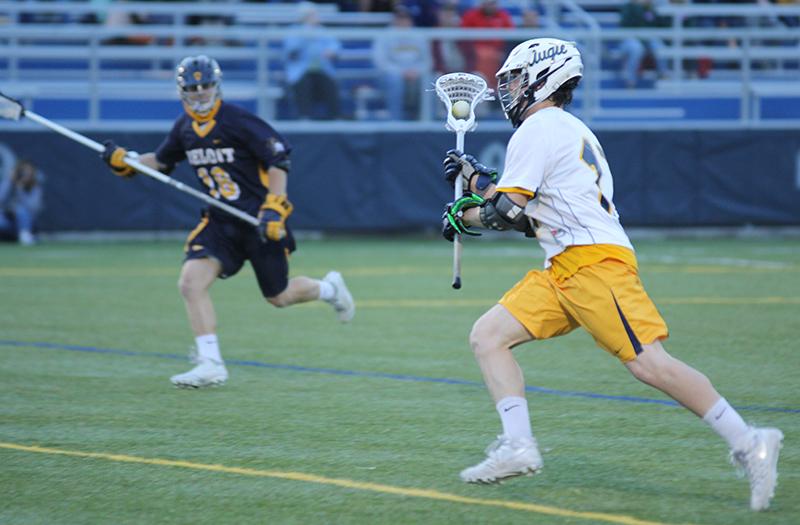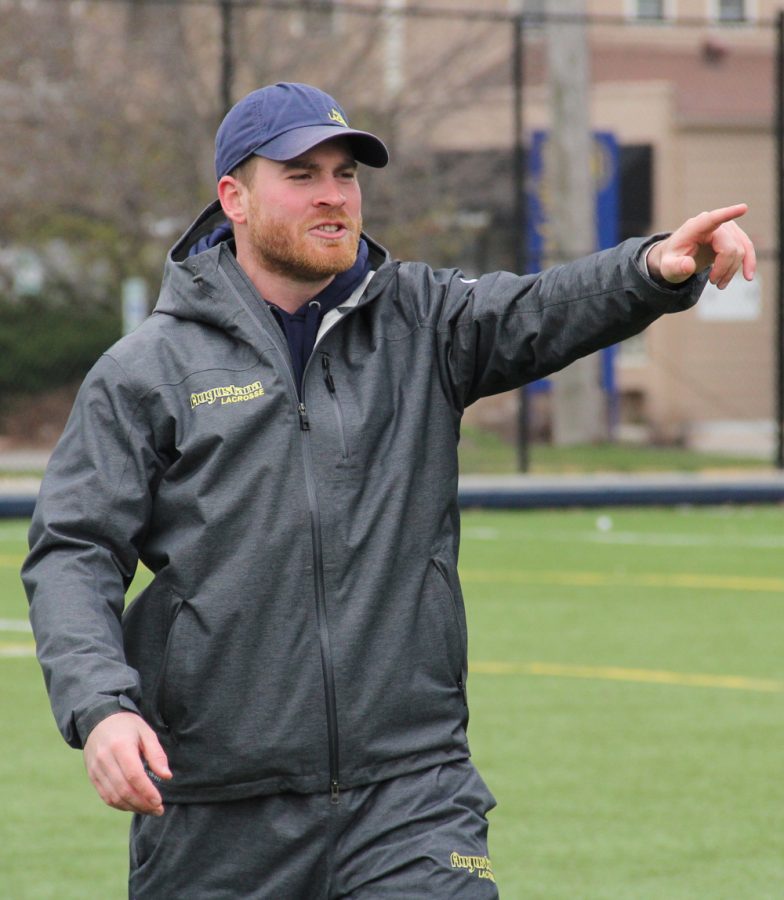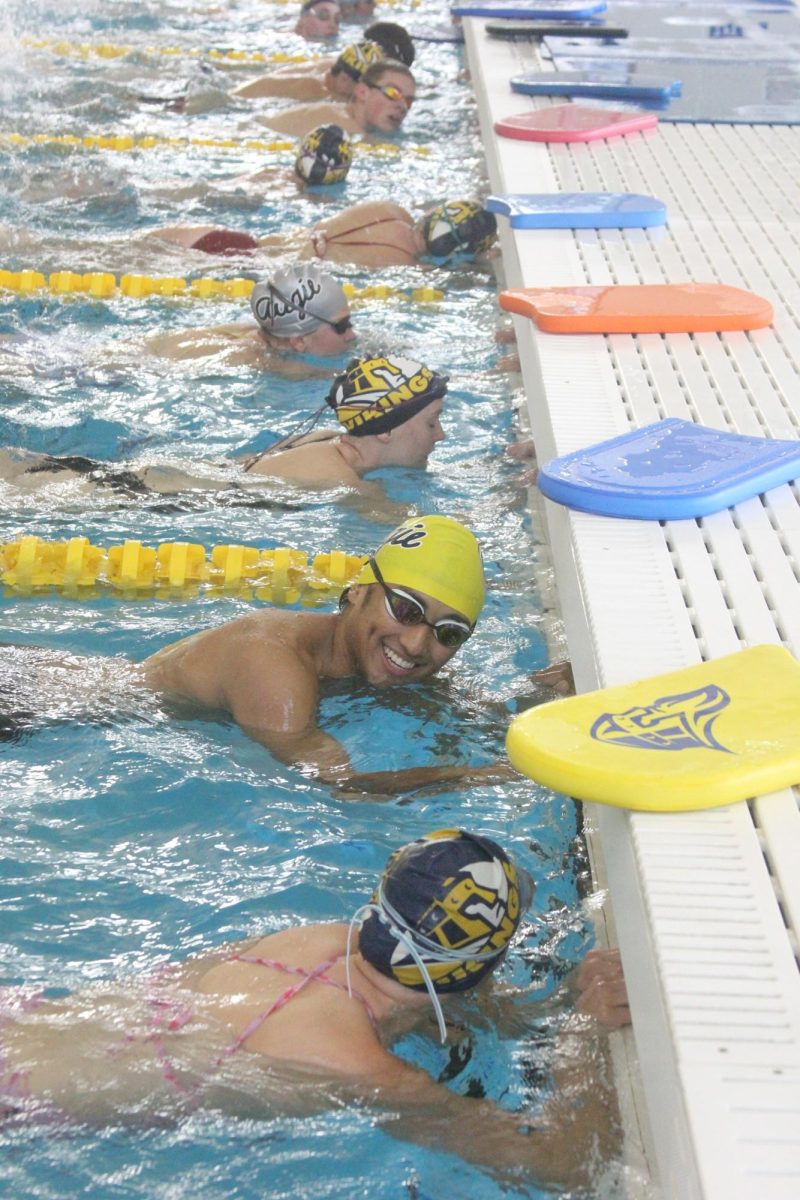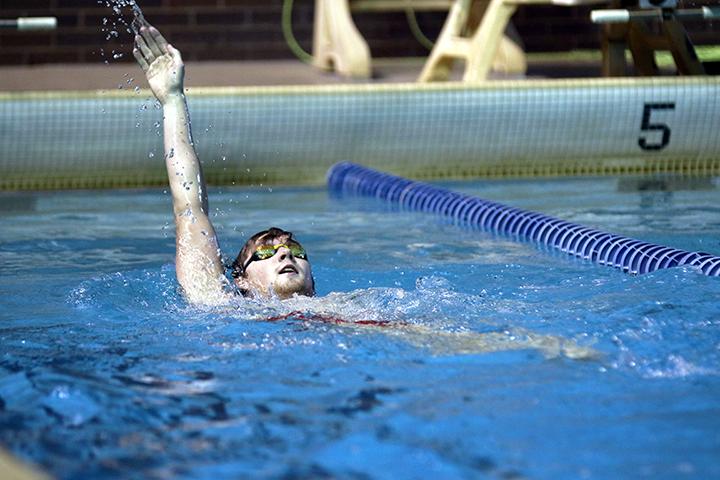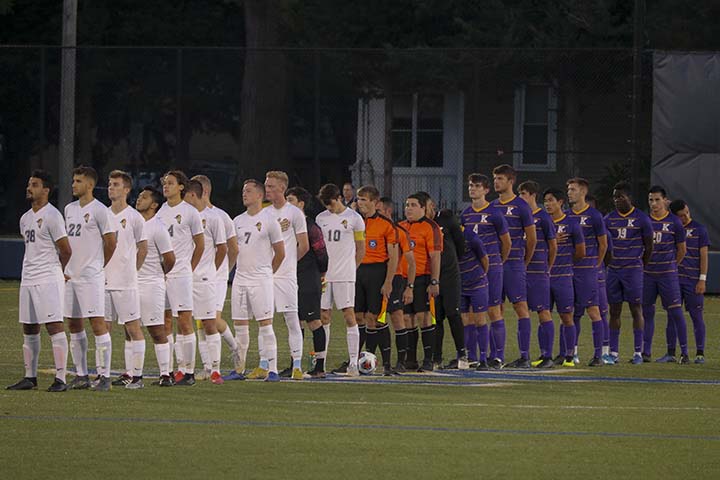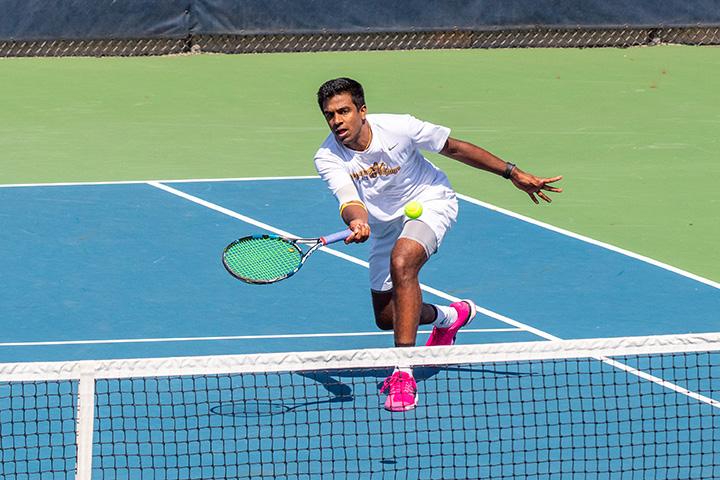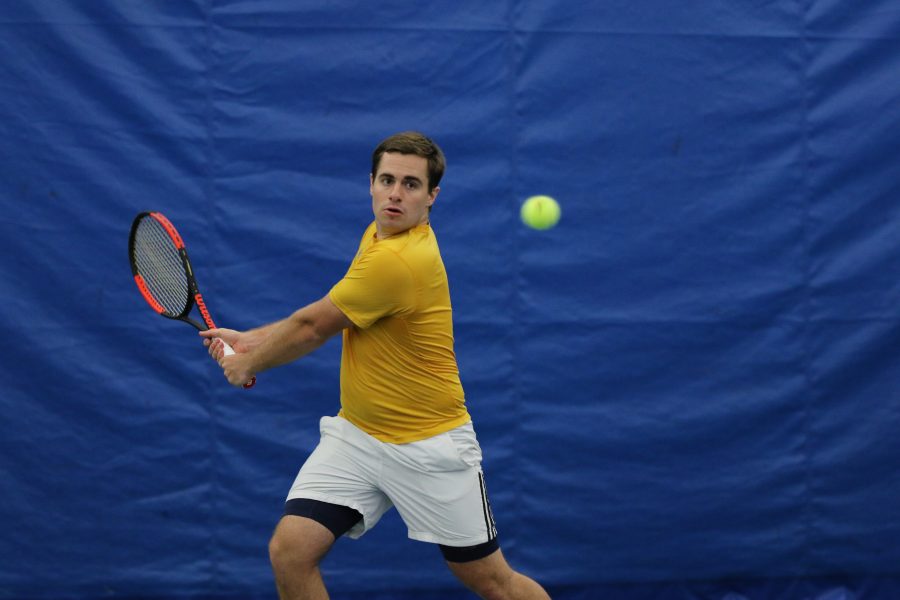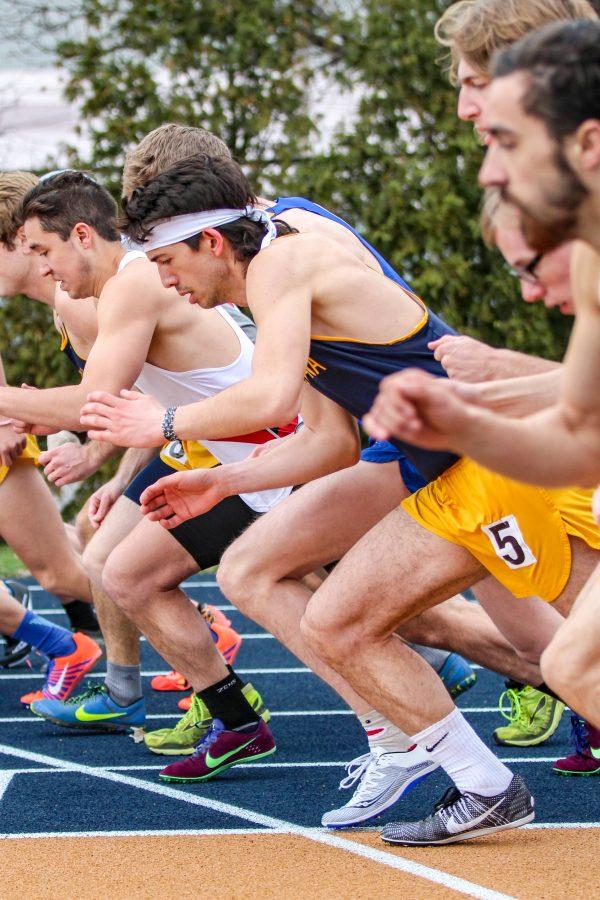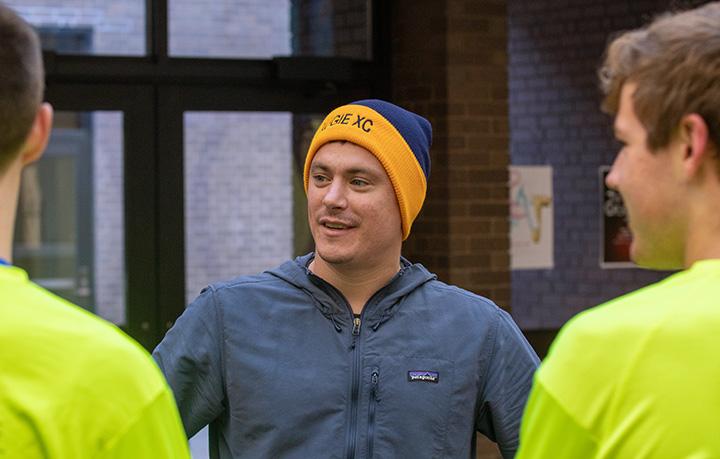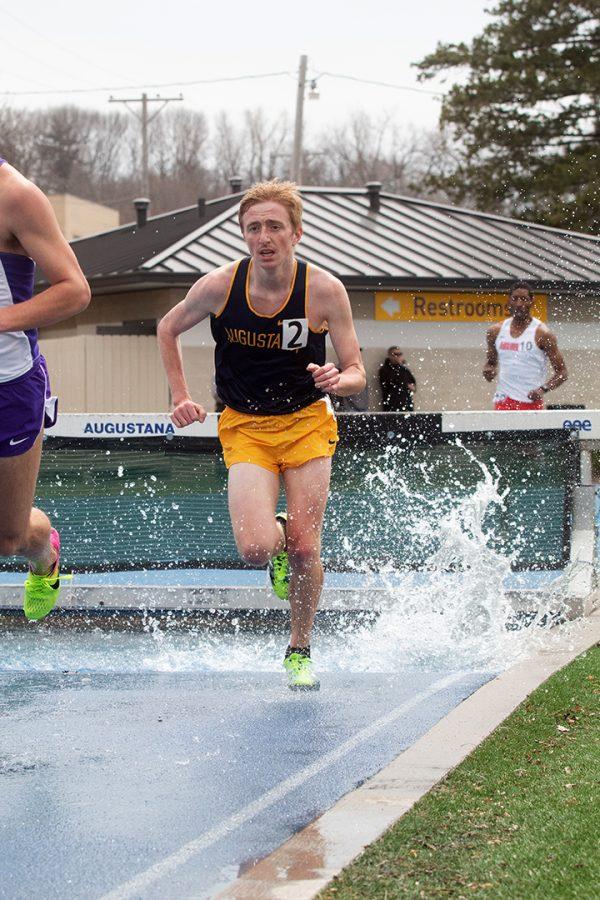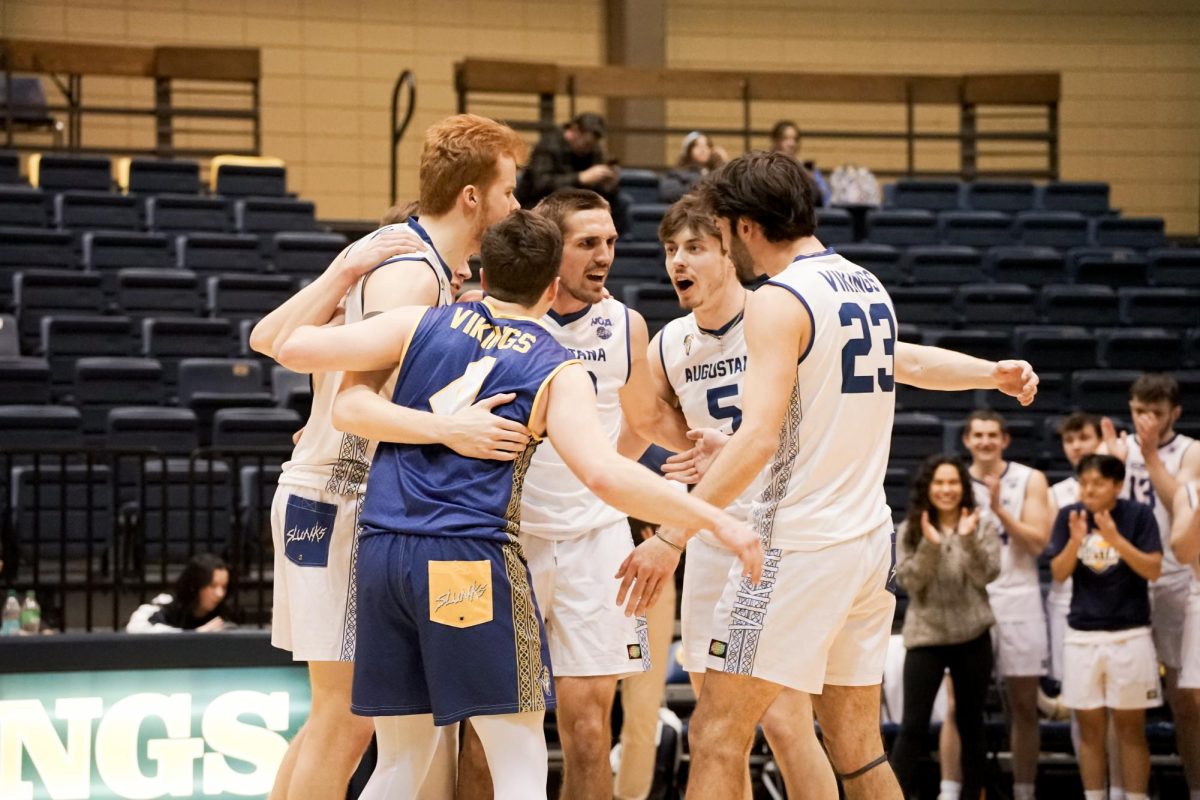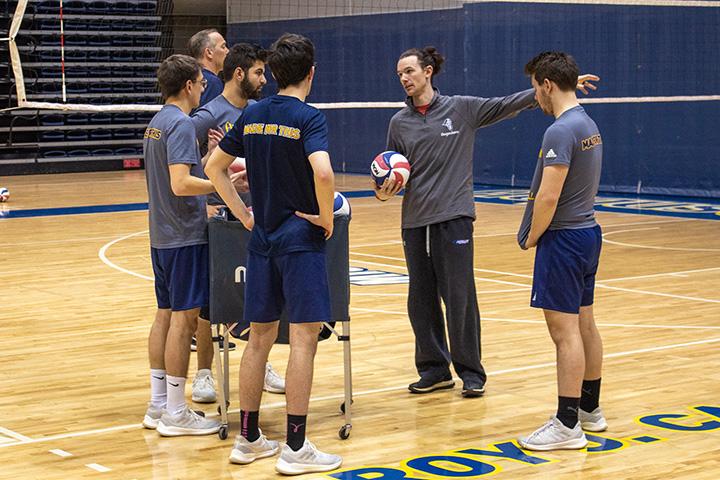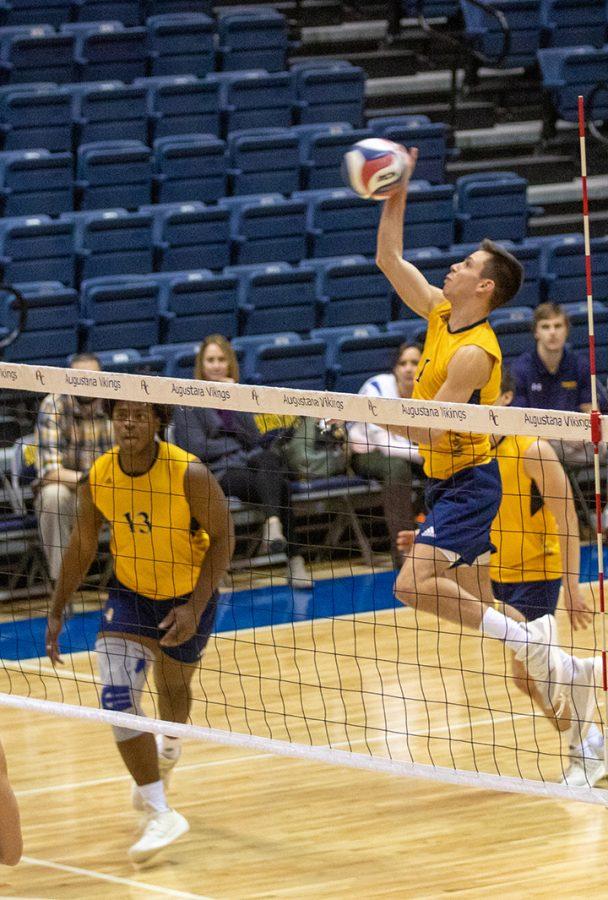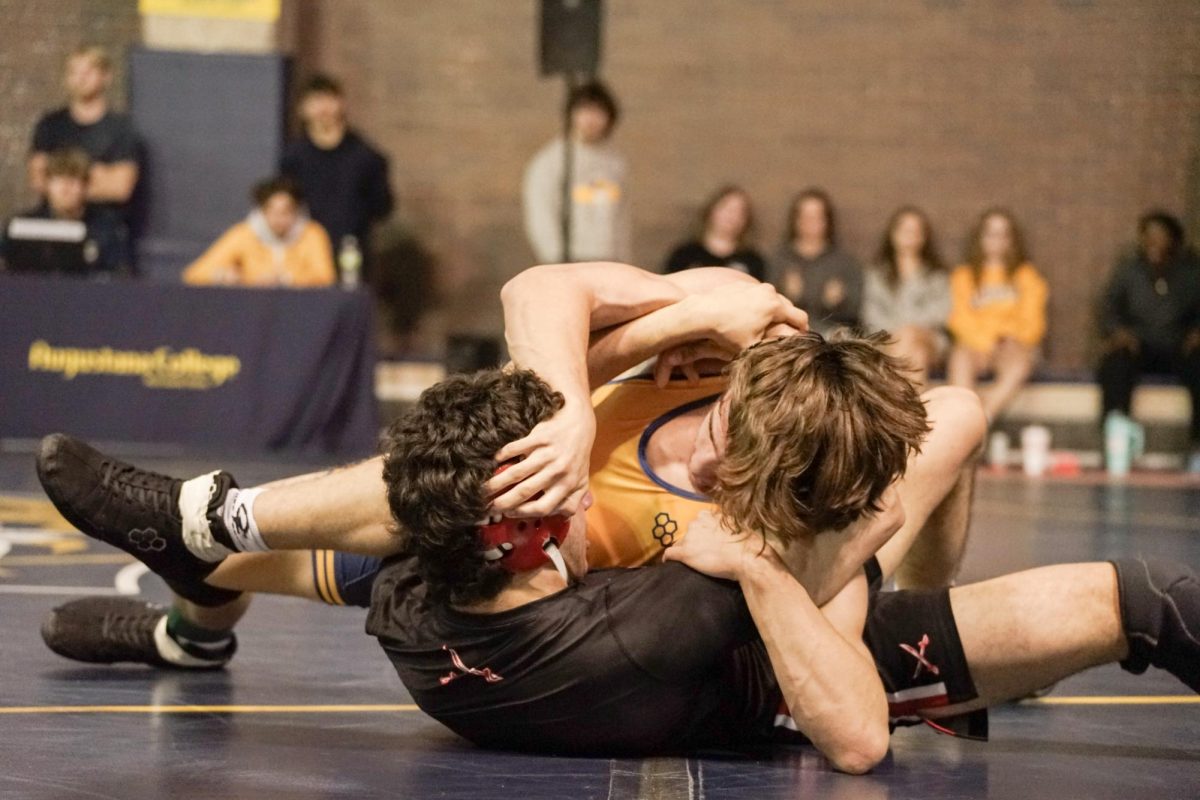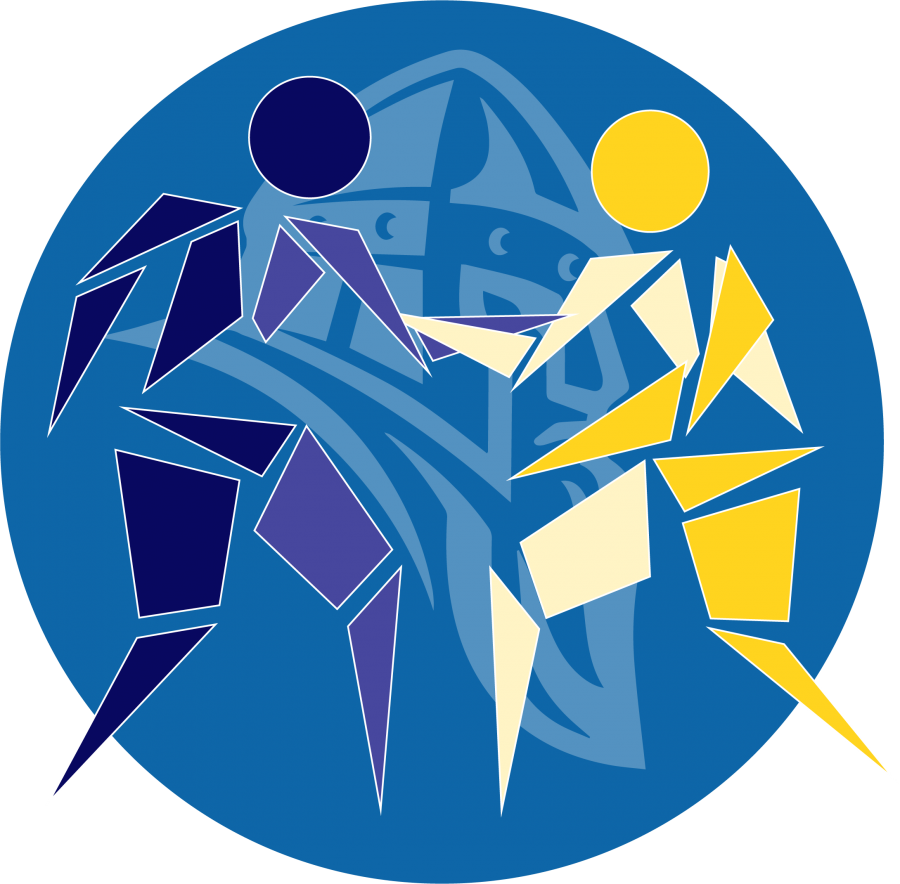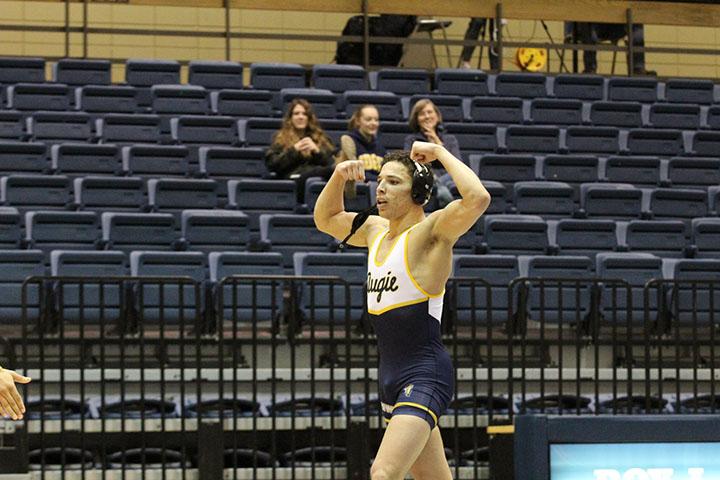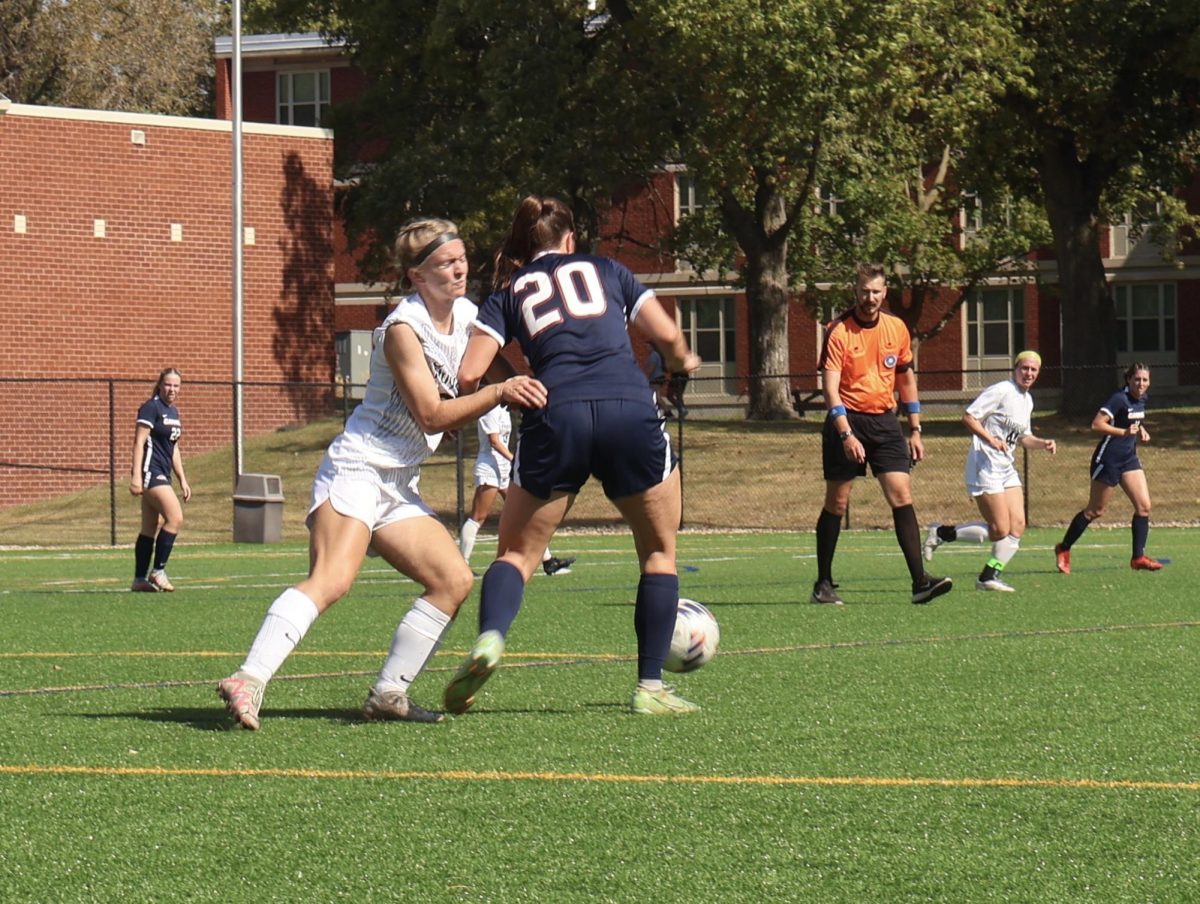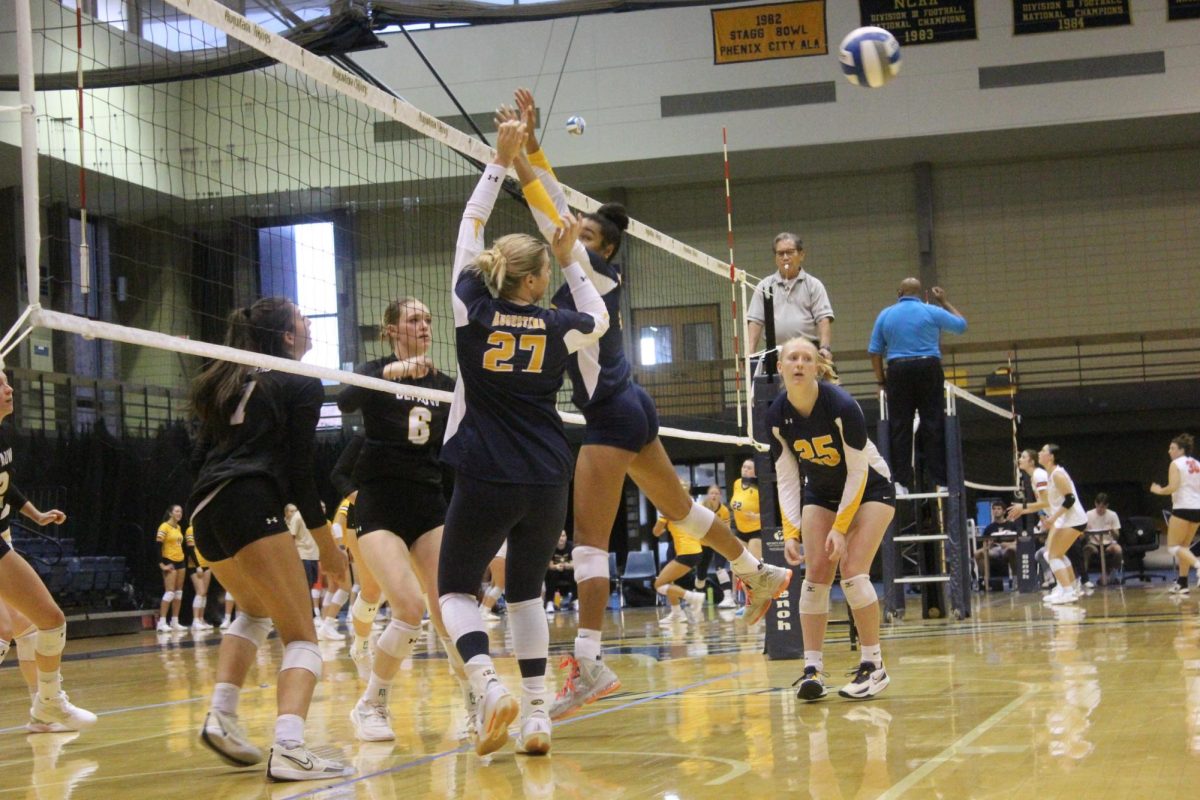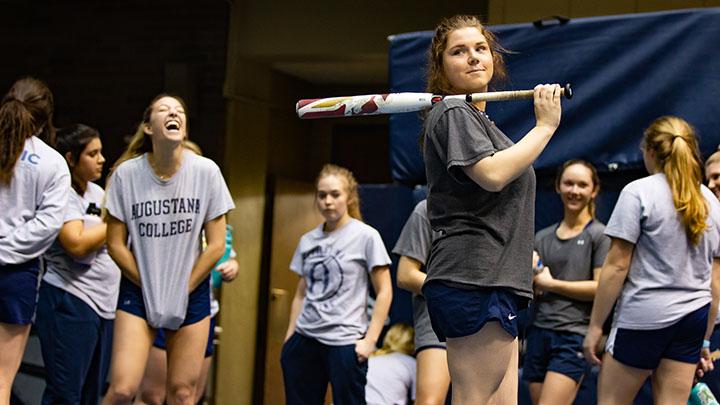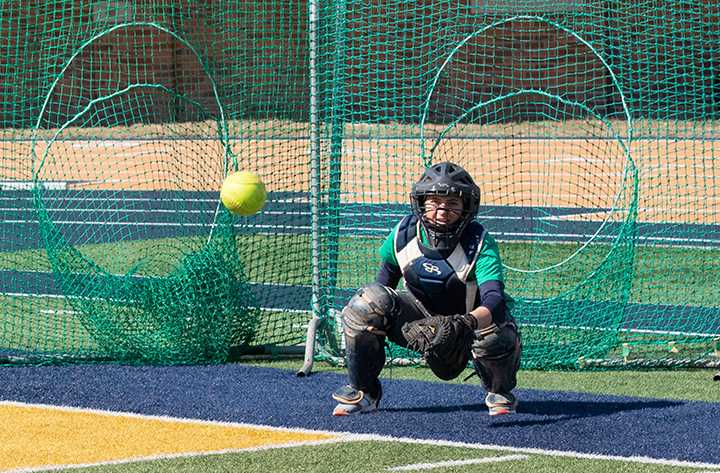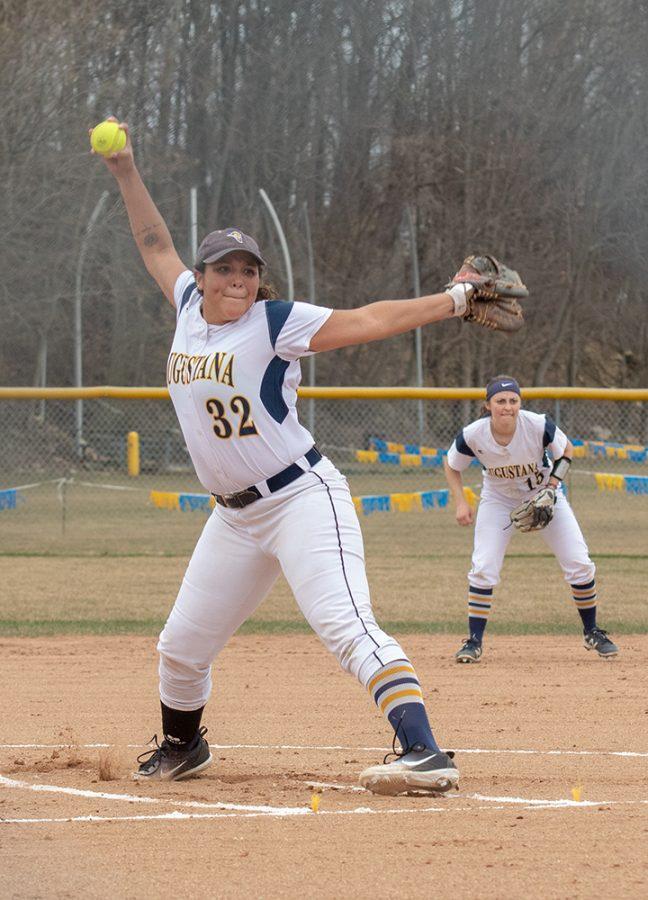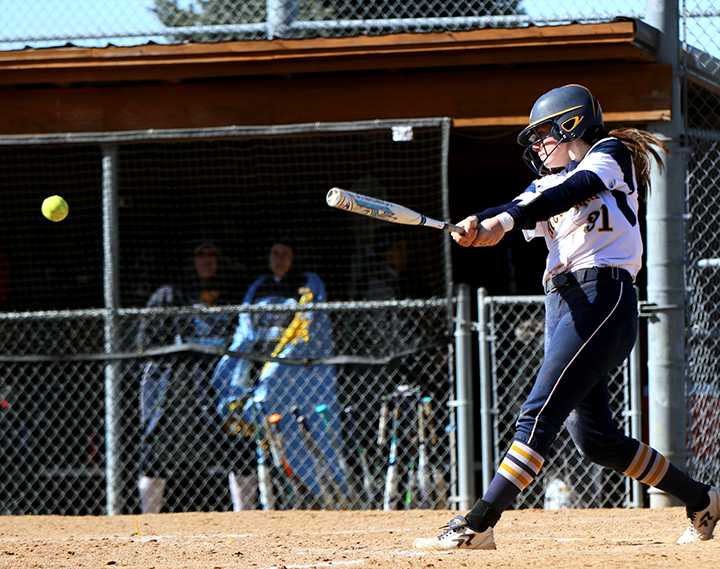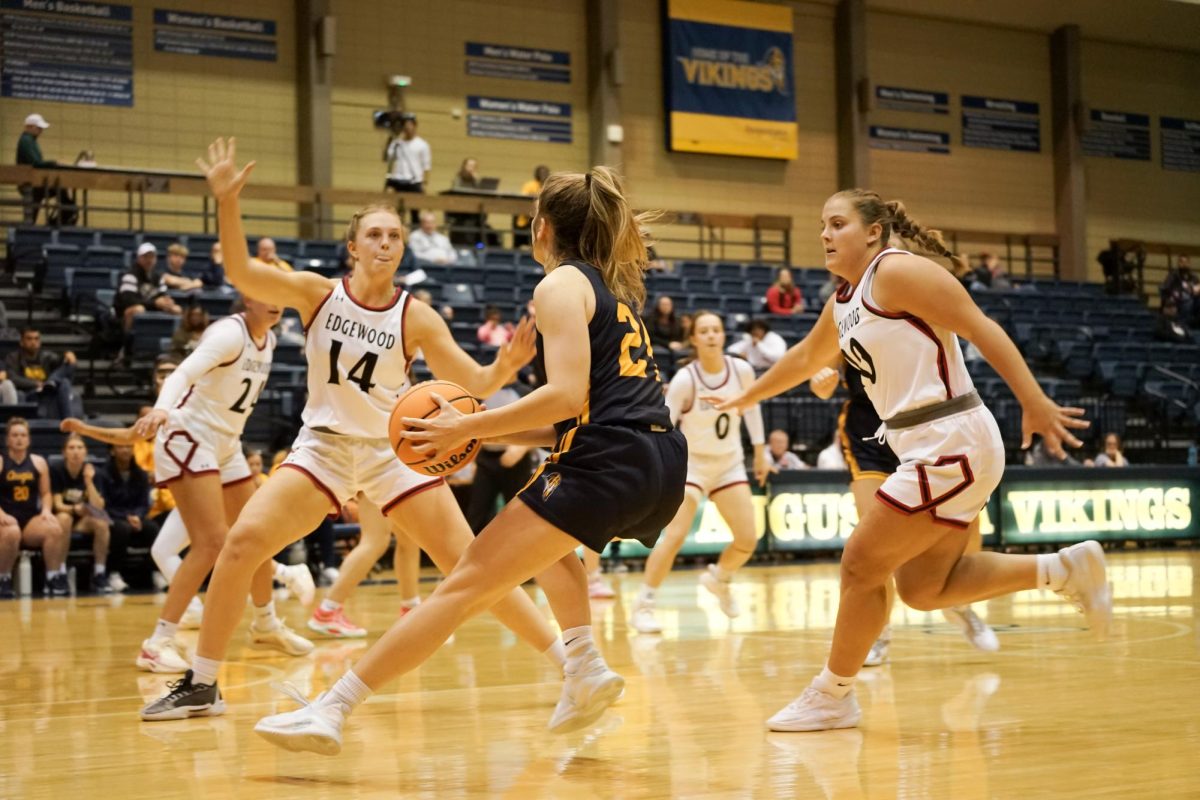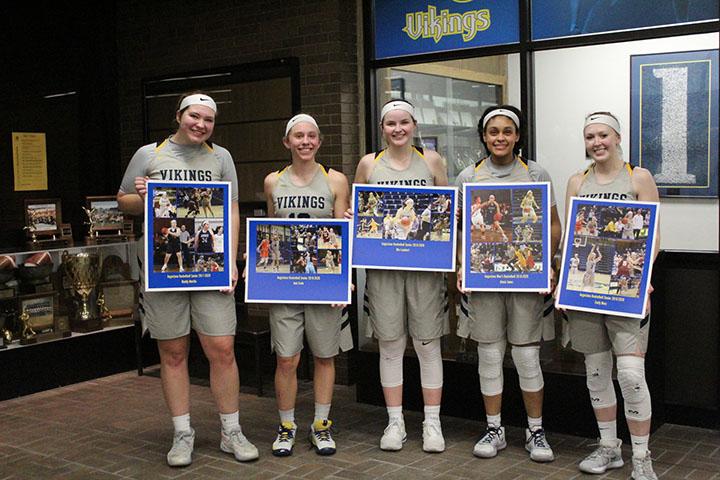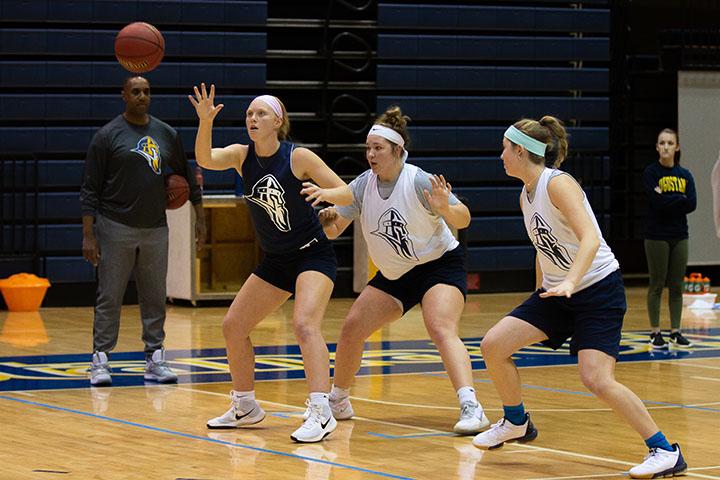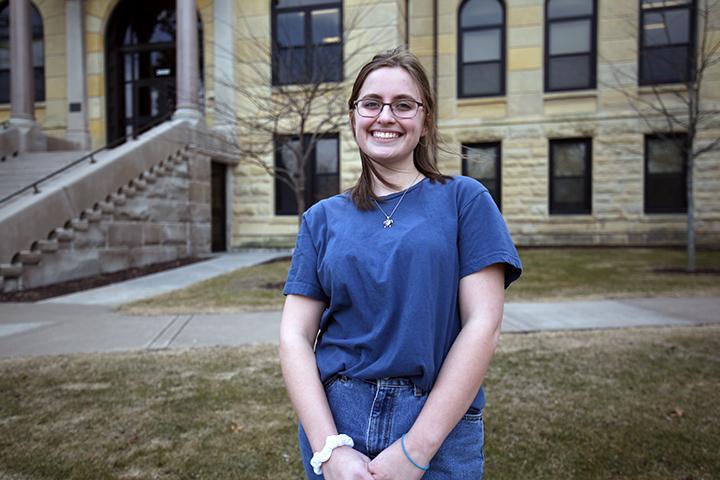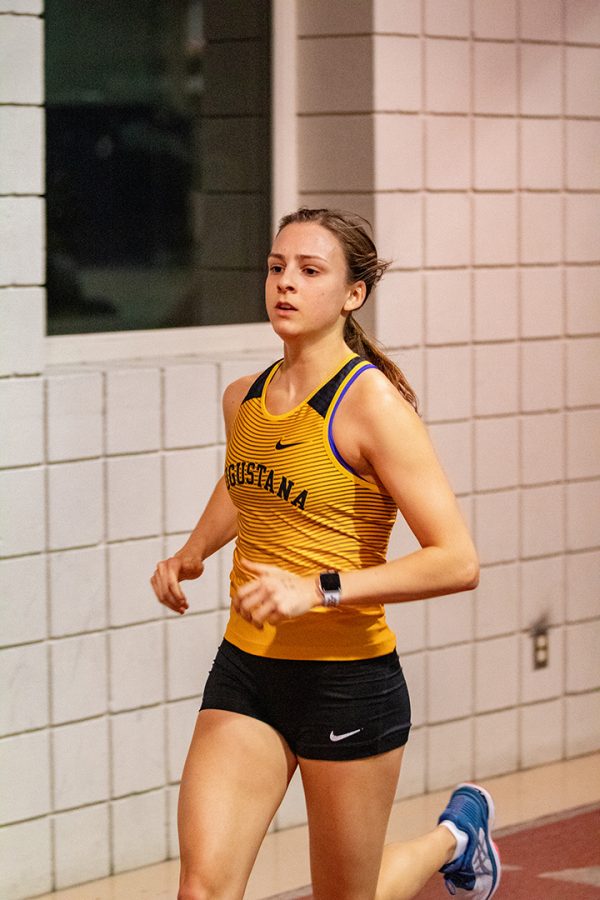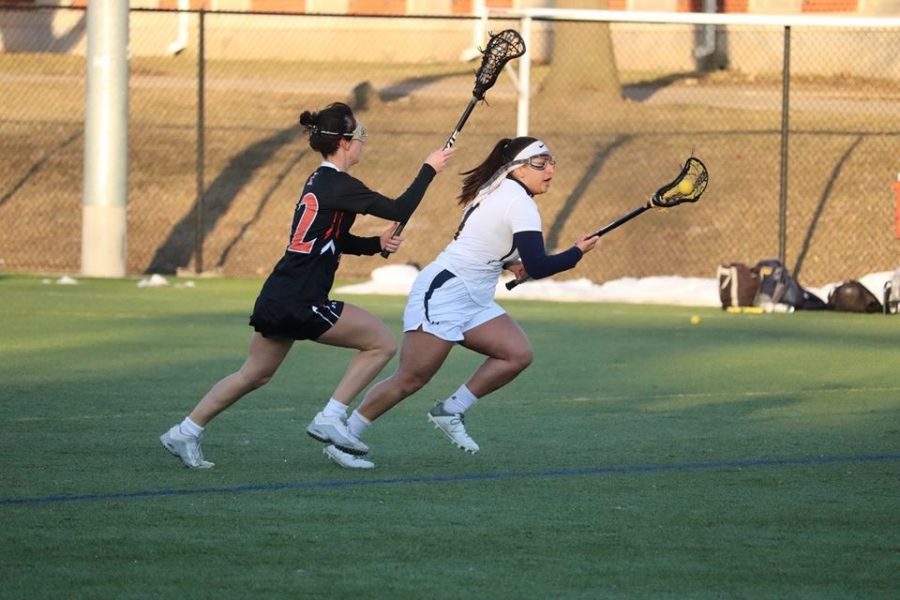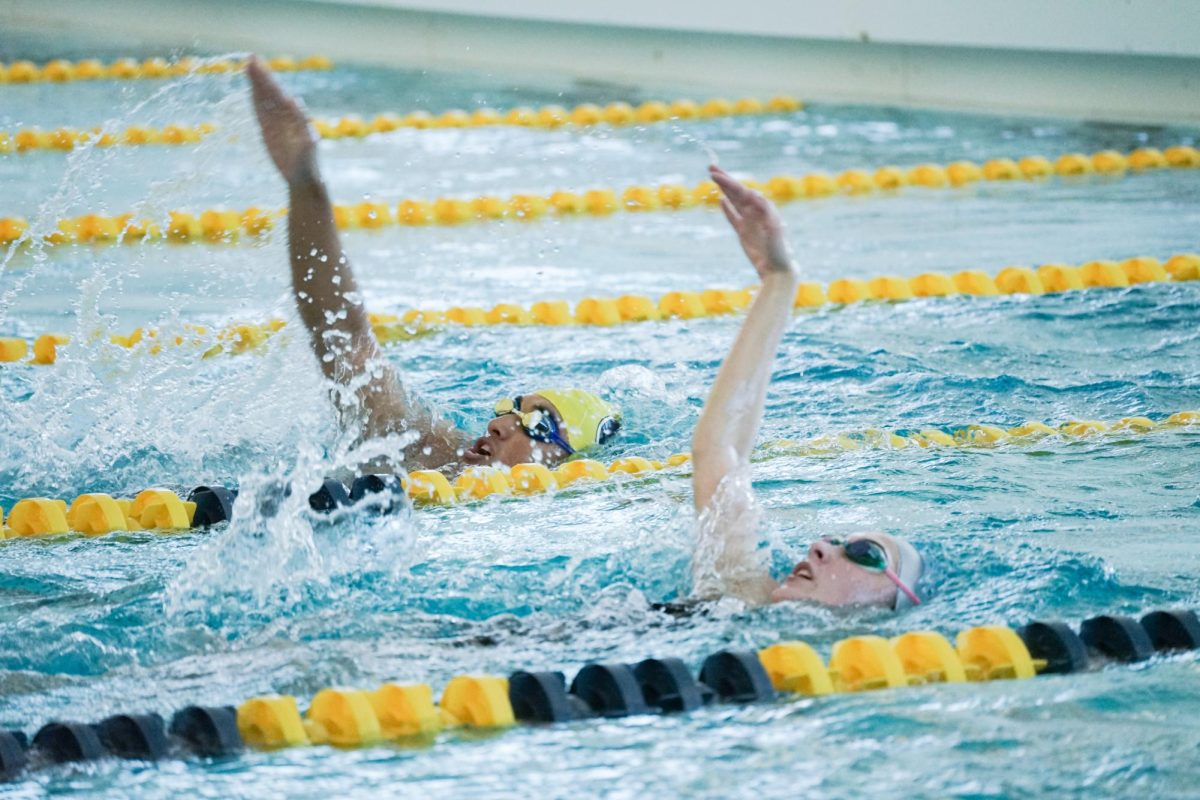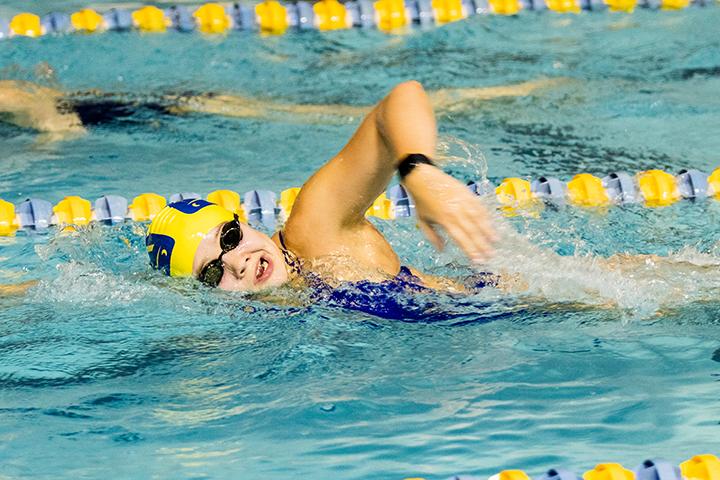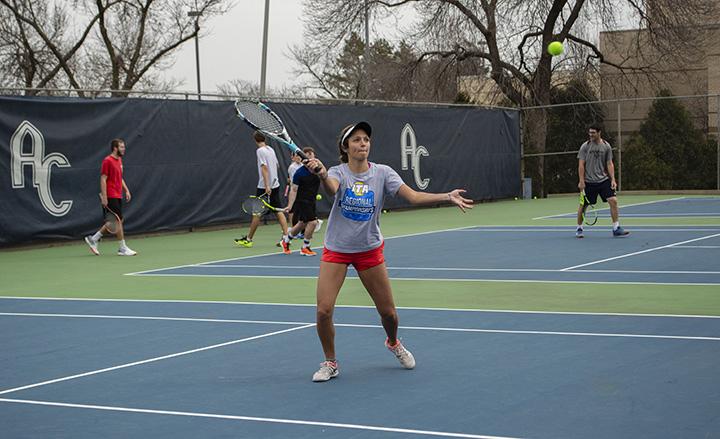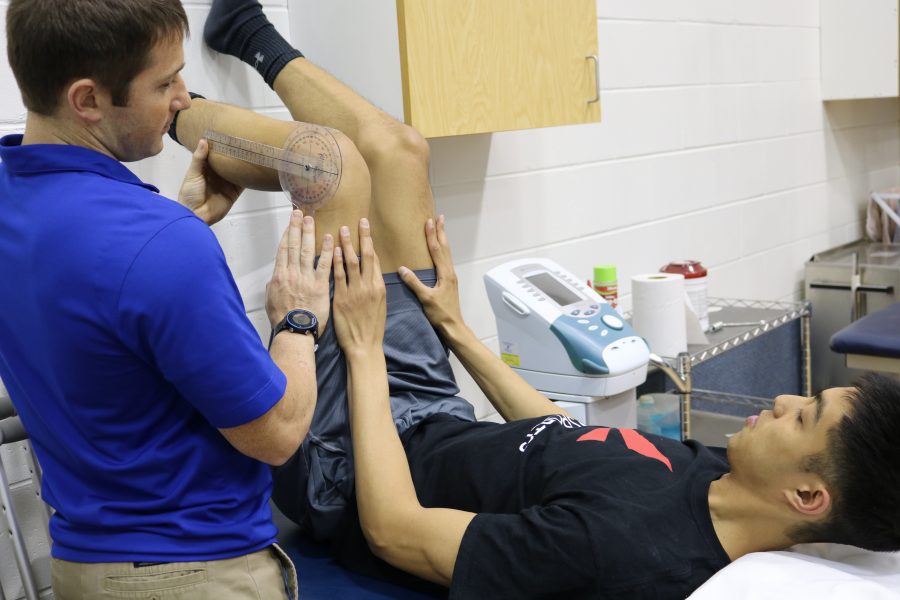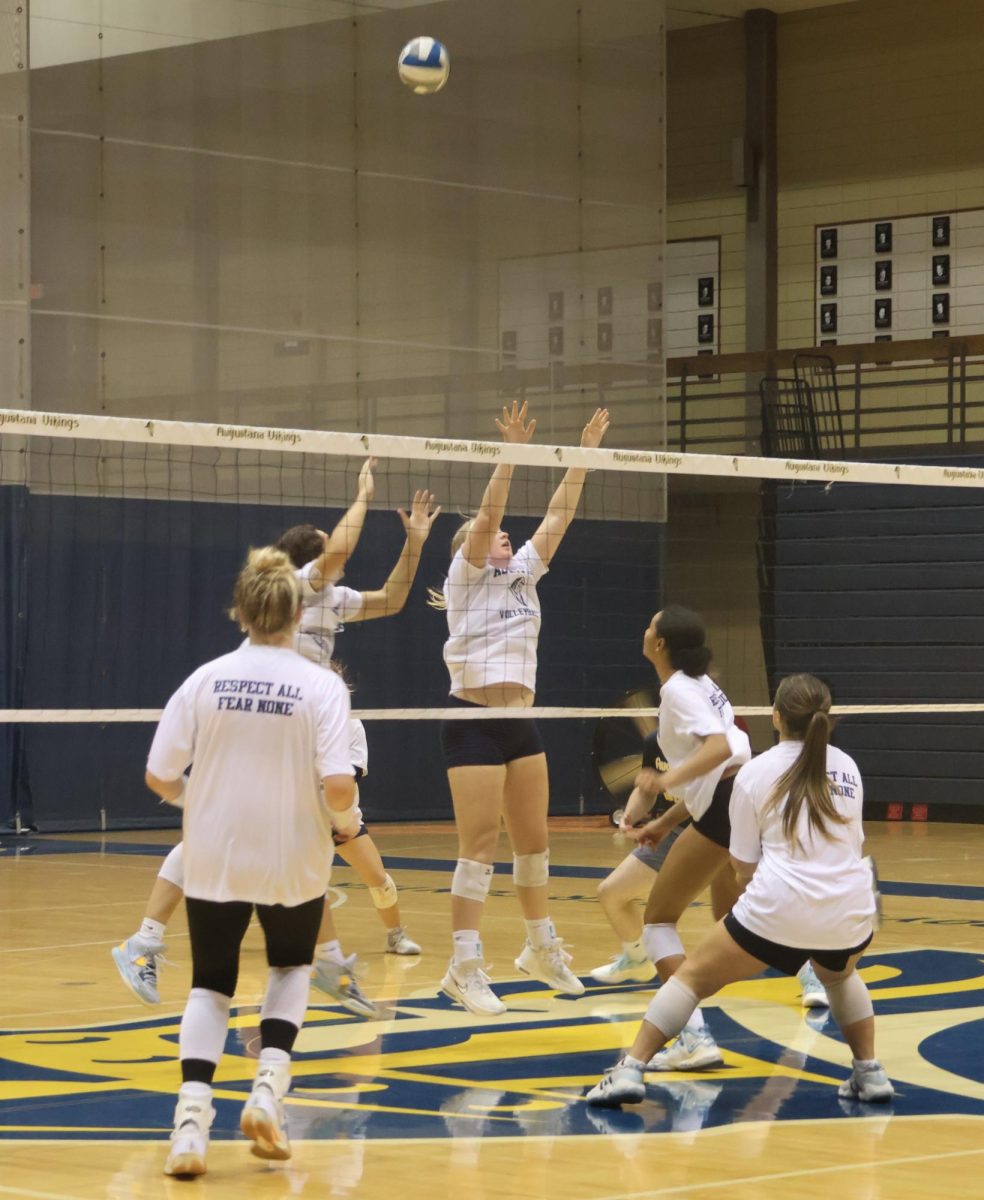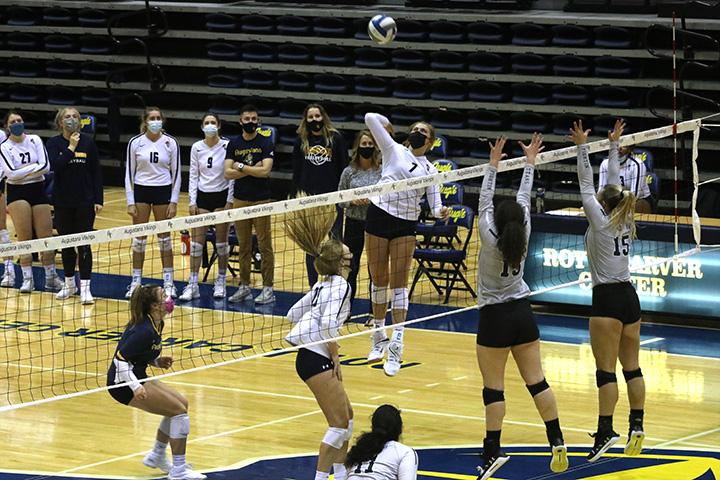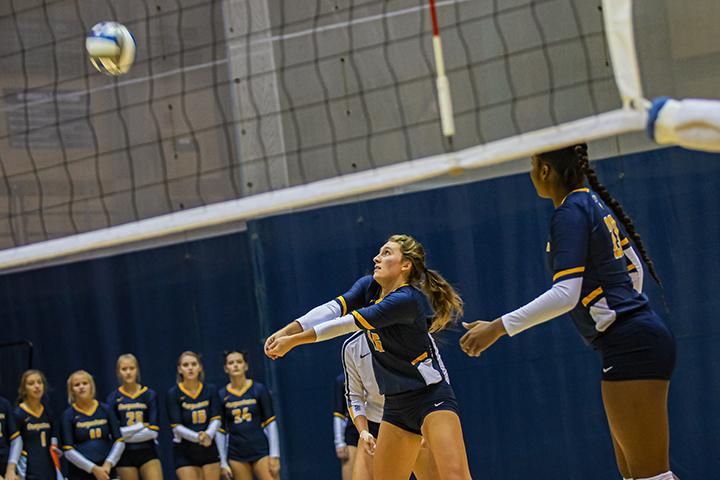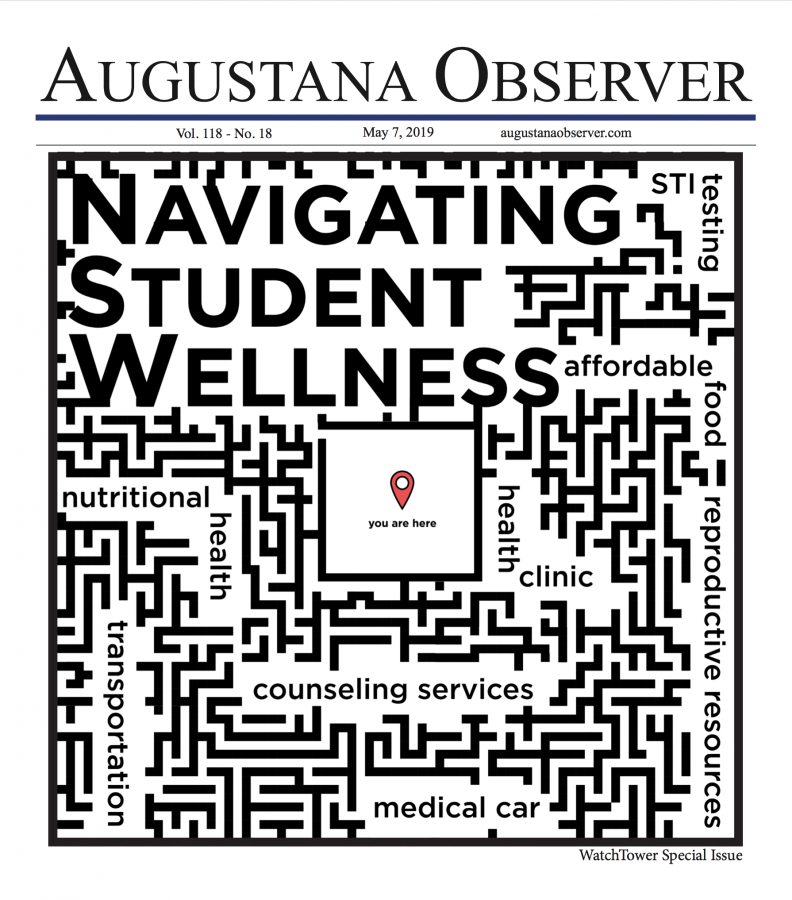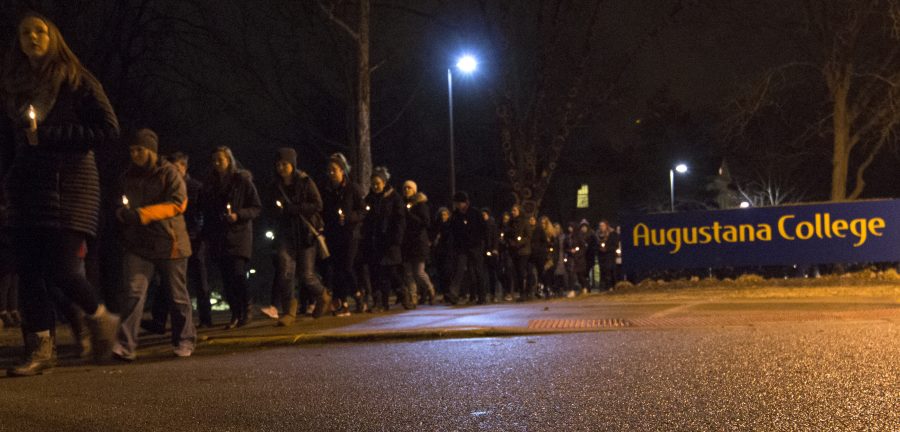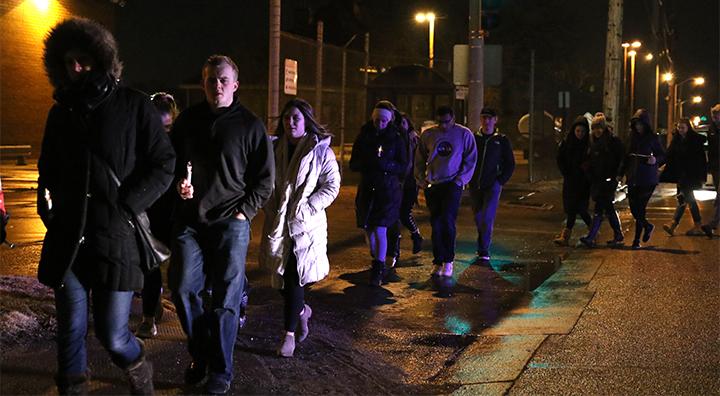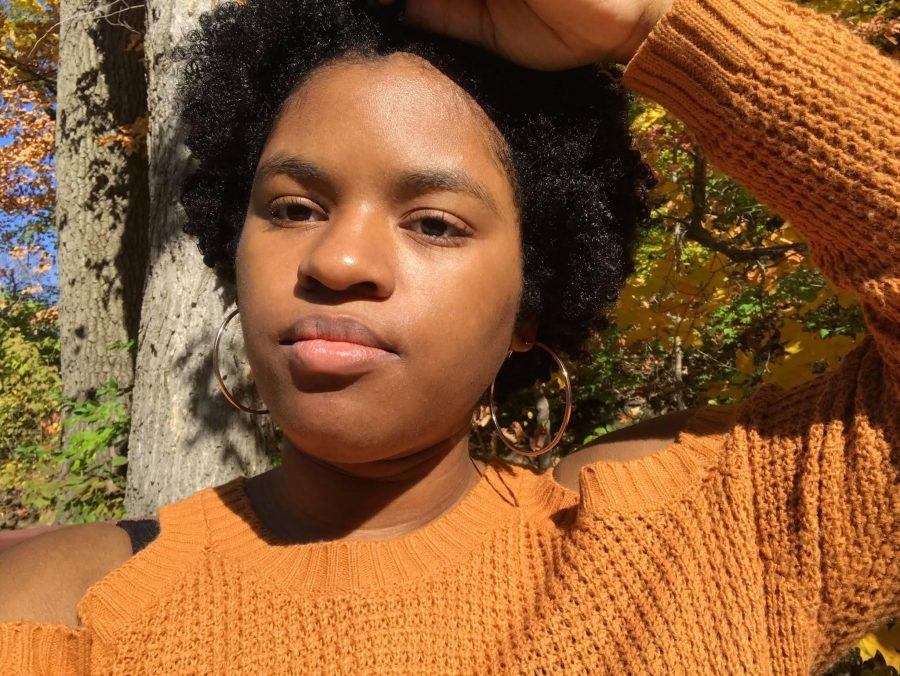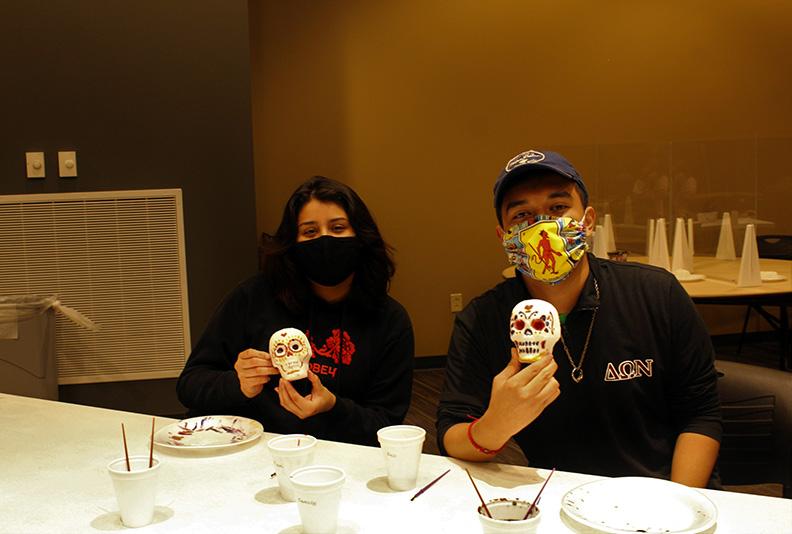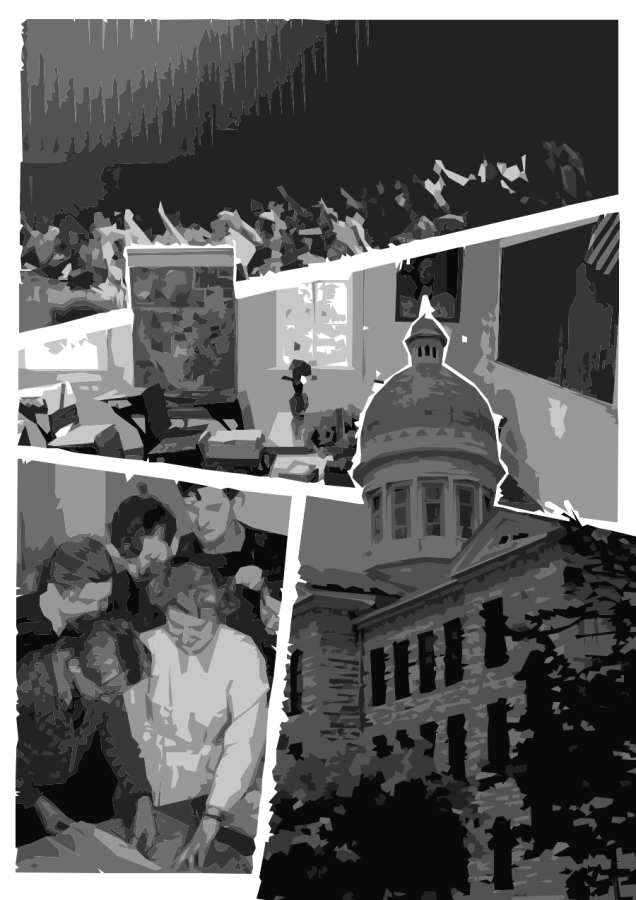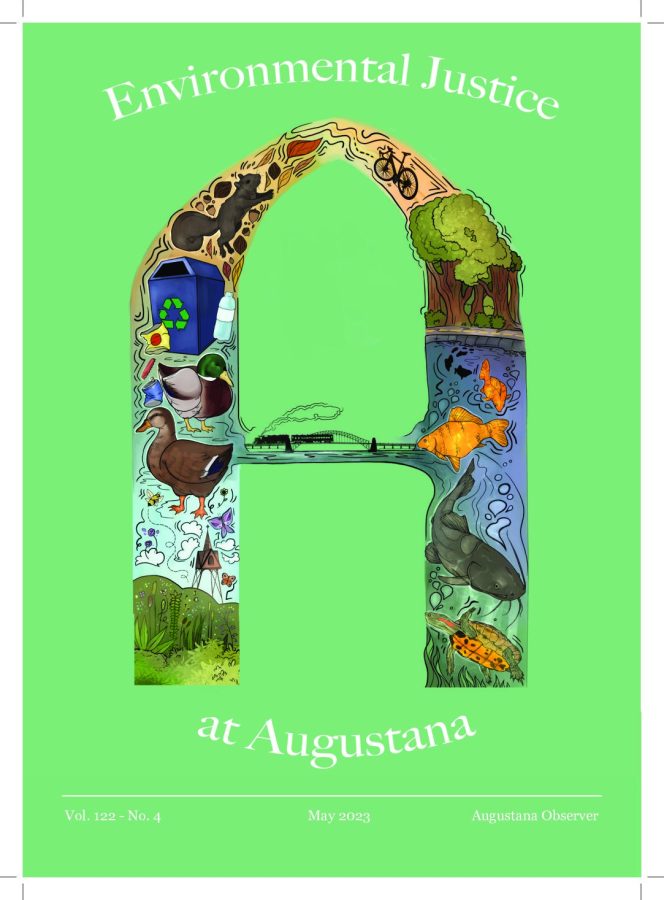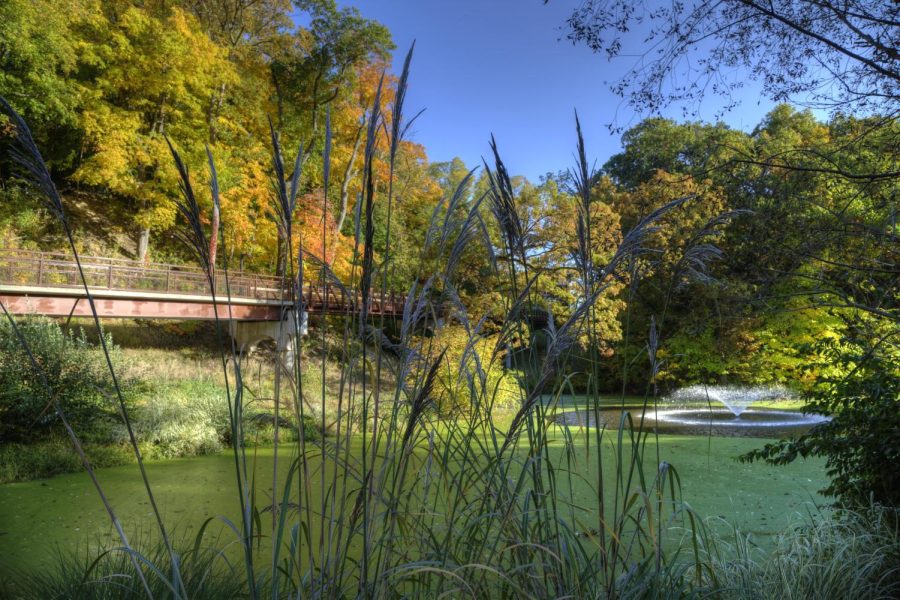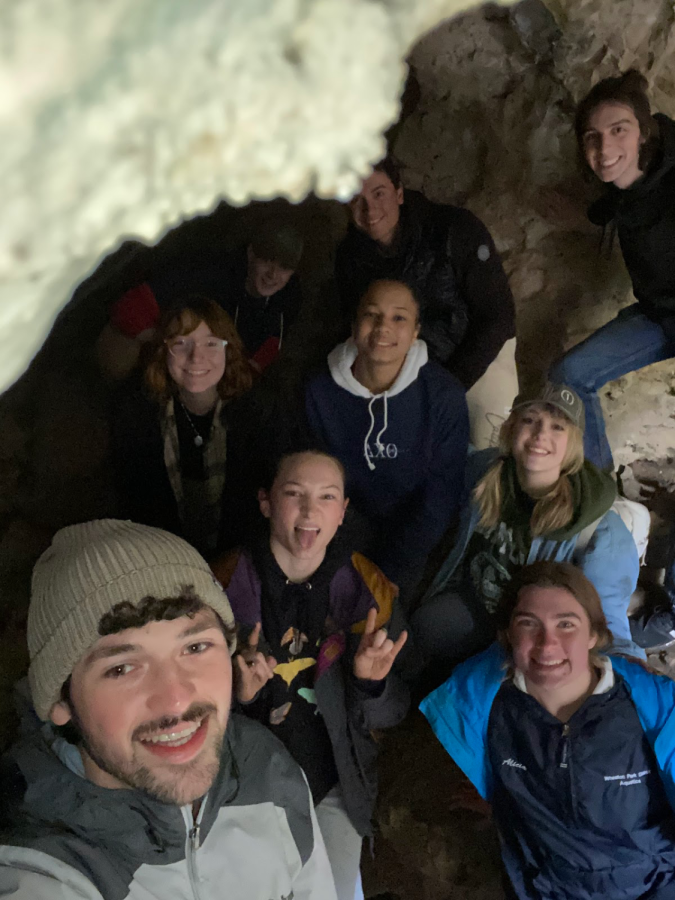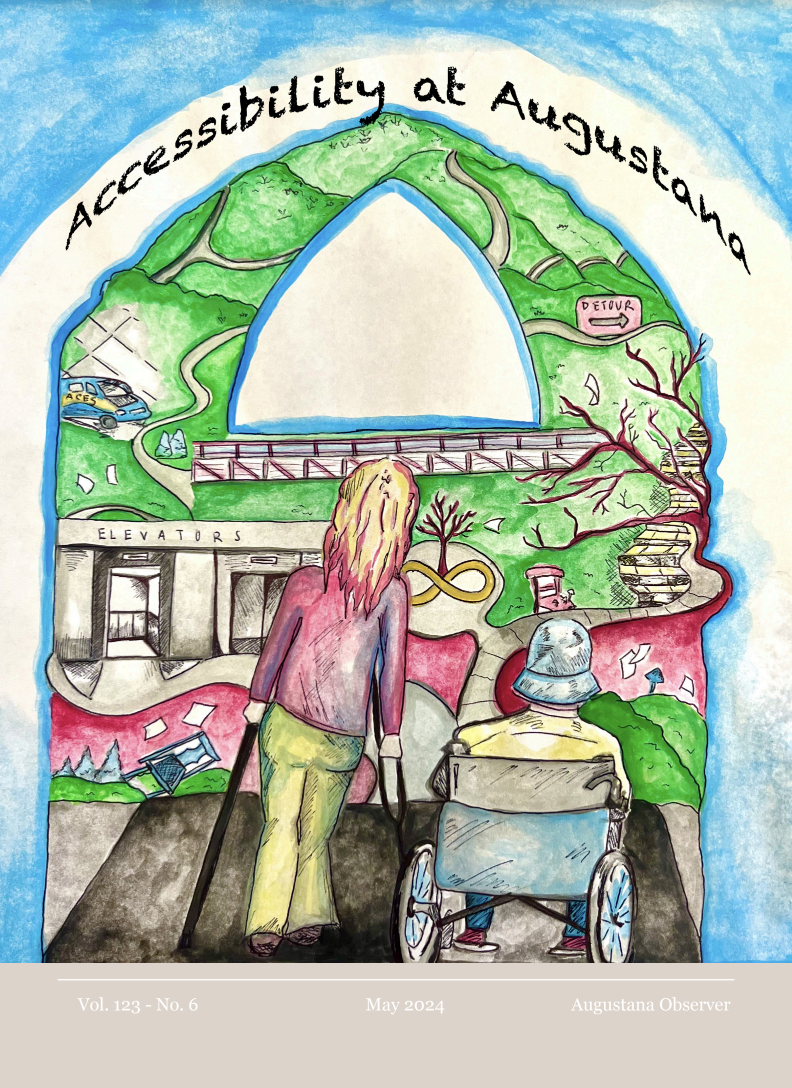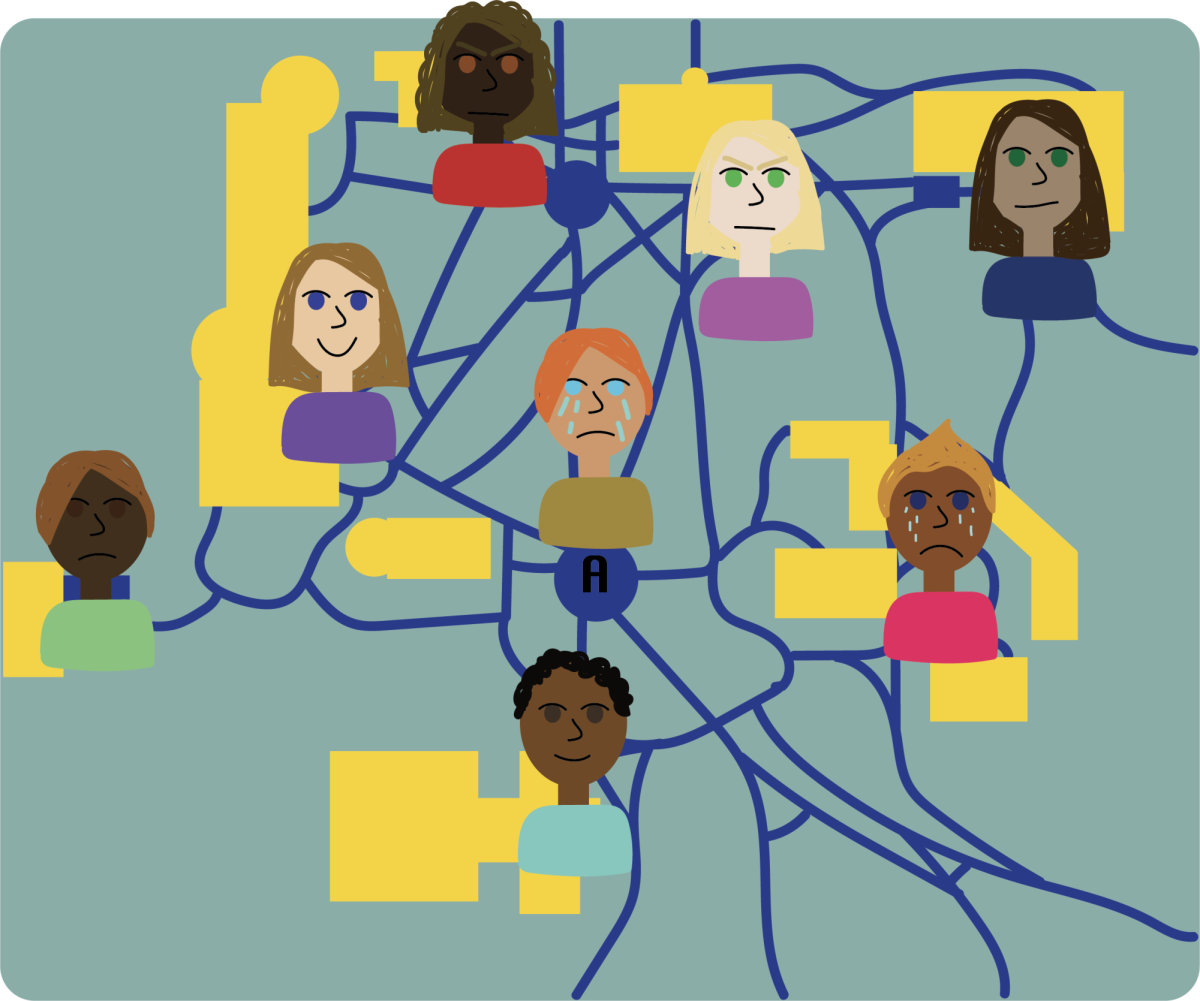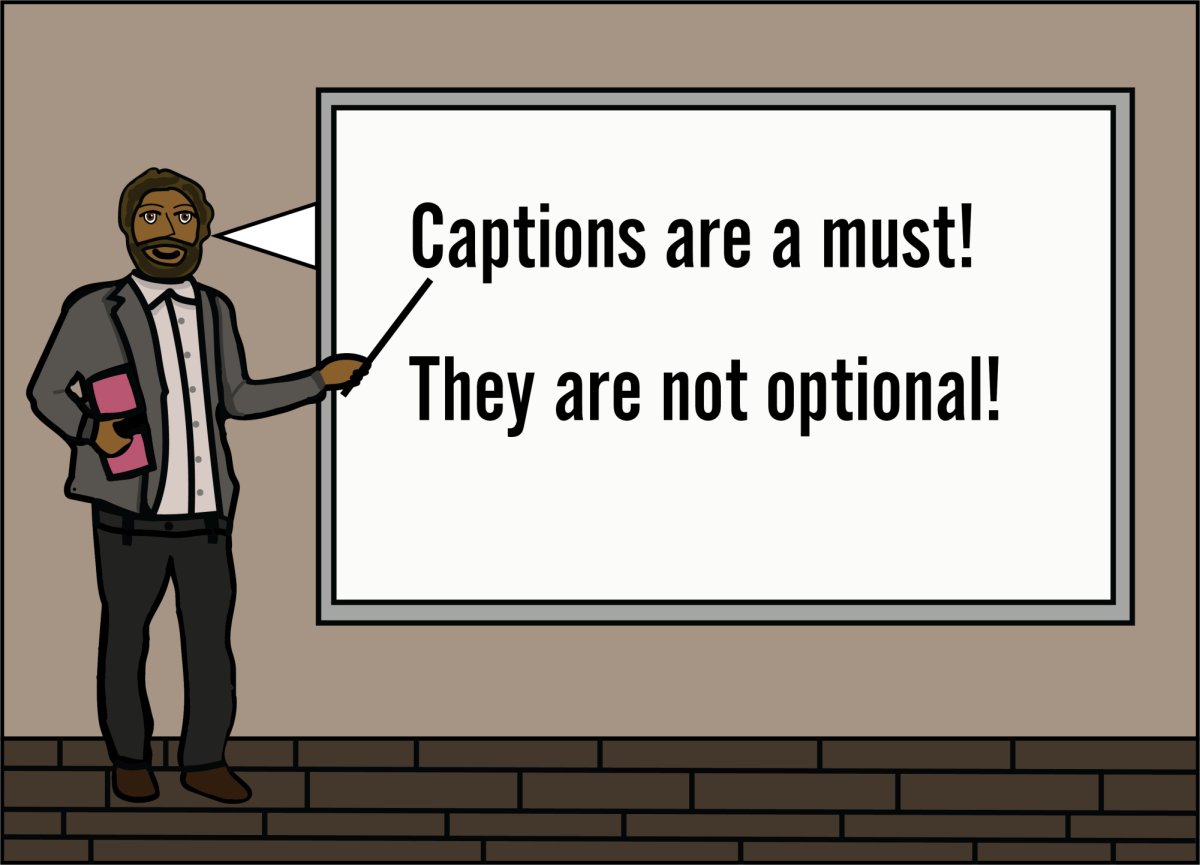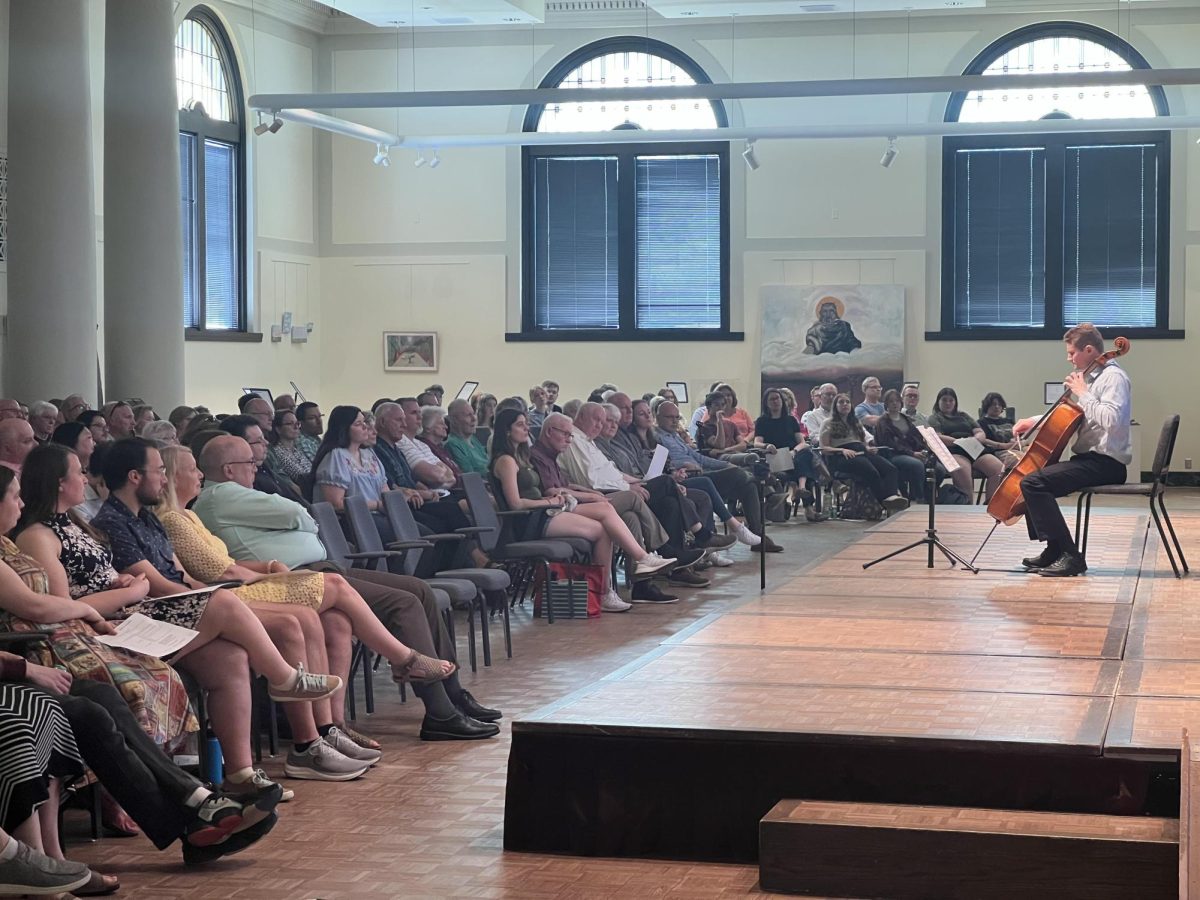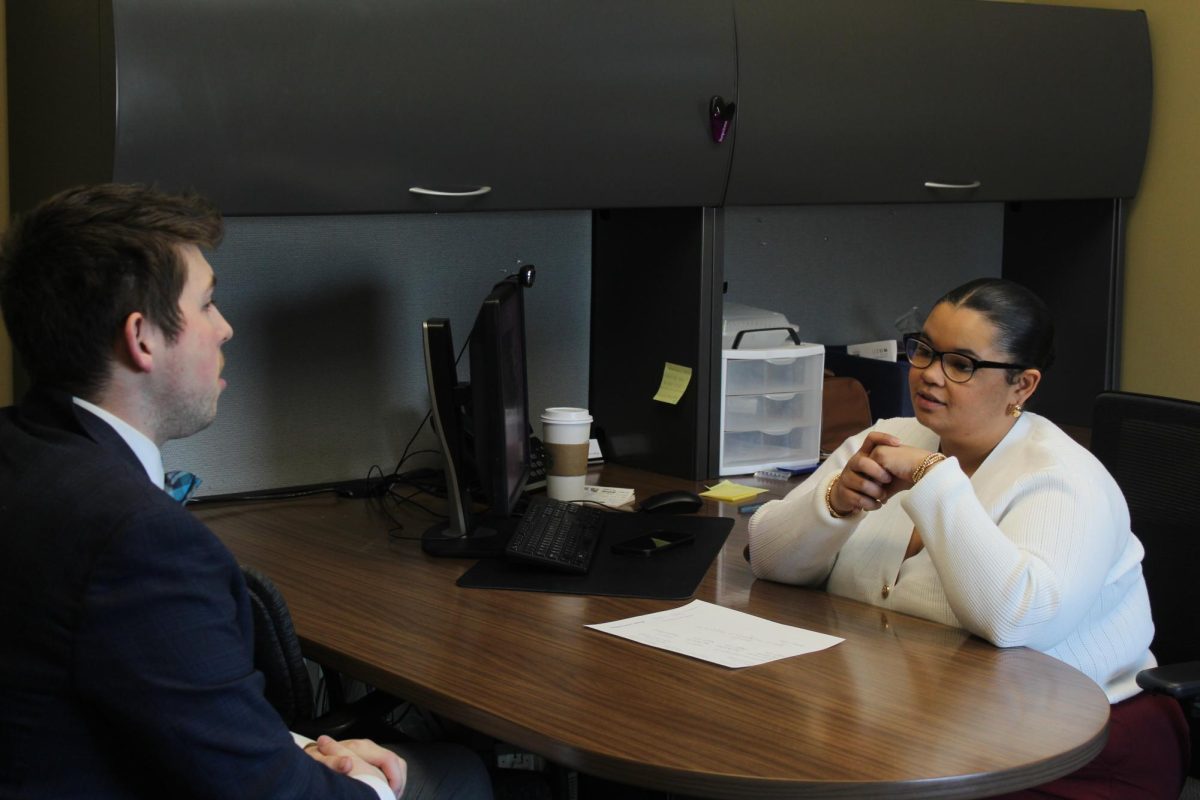Reporting by Carly Davis and Kaitlin Jacobson.
No one wants to hear the words “uncertain times” anymore. Not since April, when it was the favorite buzzword of news outlets and politicians across the English-speaking world. But the uncertainty surrounding the COVID-19 pandemic has taken on a new tone in colleges, where contact tracing teams could call you at any second.
Having to self-isolate out of the blue and knowing that you may have exposed your friends to an infectious disease is a nerve-wracking prospect.
“I wouldn’t want to be yelled at by a bunch of college students and have them assume I was going to a party or something when I was doing my best,” Siiri Strebel, sophomore, said. Strebel was called by a contact tracer after missing class to manage potential COVID-19 symptoms.
“I wouldn’t want anyone I saw in class to be like ‘wow, Siiri, you suck now!’ and ‘I hate you because you made us stay in a building for two weeks,’” Strebel said. Despite Strebel not qualifying for a COVID-19 test, she remained sequestered until her symptoms went away. Still, Strebel felt guilty due to elevated anxieties surrounding the pandemic.
There’s a sense of shame in messing up, even unknowingly. Empathy is hard to come by when relying on strangers for your own health. Since Augustana’s community-based approach relies on students to take care of each other, the implicit trust students have in their peers feels violated when they get the call.
The Augustana community aspires to take care of its students and faculty, and that requires a level of accountability from community members. In order to facilitate this, Augustana partnered with Creighton University and app developer Ivy.ai to use CampusClear in the return to campus.
“The whole point of the CampusClear app is social responsibility,” assistant director of human resources, Brandon Tidwell, said. “It’s about every single person doing what they can do to make sure that we’re keeping the campus healthy and keeping the campus open.”
Students log into the app after checking their temperature and performing a self-screening of any potential symptoms. “It really is meant to make [students] pause for a moment and think, ‘okay, how am I feeling today?,’” Tidwell said. “‘Should I really be on campus?’”
CampusClear does not collect information or flag students who express their symptoms on the app. Similarly, the contact tracing team withholds the identities of students when calling someone who may have been exposed to a peer with COVID-19 symptoms.
“Your name is not out there,” Strebel said. “They are telling everyone it is someone they were in contact with.” Students are asked to sequester until they are certain any test comes back negative.
Students should be mindful of who they’ve been in contact with. By the CDC guidelines, that qualifies as spending 15+ minutes within six feet of someone. “[Michelle Mason] told me to make sure I was keeping a list or writing down who I’d been in contact with,” Strebel said “Luckily, we have a sheet in our room and we do that everyday already.”
In the first few weeks of the semester, the contact tracing team has found success in running two groups: contact tracers who call students and case managers who check in on students sequestering or quarantining.
“We not only do that initial talk, but check in throughout that process,” Michelle Mason, assistant director of residential life and contact tracing lead, said.
“For some people, it’s a really short process,” Mason said “You have symptoms, you get a negative test, and that’s the end of the process “But for others who’ve maybe been exposed to somebody who has a positive test, that can be a long time that you’re in quarantine, so I think it’s really important to do those follow-up calls every so often.”
Students who are sequestering after potential exposure to COVID-19 are left with questions while waiting for the test results of their peers. “I feel like there’s miscommunication,” Jon Jaworowski, sophomore, said. “It took awhile for me to hear back from them.”
Jaworowski began feeling symptoms and was asked by CampusClear to self-isolate in his dorm and notify the college.
“[Contact tracing] is a team of various faculty,” Jaworowski said. “If you end up testing positive, they’re going to try to pinpoint every single person that you’ve been in contact with.”
After being told he did not qualify for a COVID-19 test by his primary care physician, Jaworowski was able to return to campus after his symptoms subsided without the anxiety of passing the virus to his peers.
If a student begins to experience symptoms, however, the contact tracing team should not be the first call they make. “Public safety is the first phone call that we want people to make if they think they are not feeling well,” Chief Tom Phillis said.
After contacting public safety, students who are tested for COVID-19 will be moved into isolation with public safety’s assistance. Public Safety then alerts the contact tracing team to the student’s case.
“Our concern is the health of the individual students and the health of the campus community, and it’s important to make sure students are comfortable in that process,” Mason said. “I came into this with the unknown in mind. Different schools have had a wide range of experiences, and I think we’ve been doing really well.”
Each week, a new contact tracing lead takes on the responsibility of calling students, and the rest of the team is delegated work while still performing their regular, non-COVID-19 job responsibilities.
The approach prevents burnout and keeps student health a priority, especially when the pandemic is being accepted as the ‘new normal’ rather than a continuous issue.
“Not getting more comfortable is going to be important, to make sure we are still realizing this is an ongoing thing,” Mason said. “Just because we’ve been on campus for a little bit doesn’t mean it’s gone now.”
Categories:
Contact tracing addresses student anxieties
September 17, 2020
0
More to Discover
